

Emergency Sahel Shelter 2017 Warehouse and natural fibre versions Shelter Research Unit Innovating shelter
Disclaimer:
The information and research results displayed in this publication are indicative and intended to serve as mere guidelines for the good usage of anchors in the Humanitarian Shelter sector. The International Federation of the Red Cross and Red Crescent societies – Shelter Research Unit is in no way responsible for any errors or omissions that may arise from the use of this study. Users of this study assume all risks and responsibilities. The International Federation of the Red Cross and Red Crescent societies – Shelter Research Unit will not assume any liability for damages, loss or claims, of any nature, including the death or injury of persons or property damage, associated with the use of or reliance upon information contained in this study.
© International Federation of Red Cross and Red Crescent Societies, Geneva, 2018
Copies of all or part of this study may be made for noncommercial use, providing the source is acknowledged
The IFRC would appreciate receiving details of its use. Requests for commercial reproduction should be directed to the IFRC at secretariat@ifrc.org.
The opinions and recommendations expressed in this study do not necessarily represent the official policy of the IFRC or of individual National Red Cross or Red Crescent Societies. The designations and maps used do not imply the expression of any opinion on the part of thenternational Federation or National Societies concerning the legal status of a territory or of its authorities. All photos used in this study are copyright of the IFRC unless otherwise indicated.
Photos: Daniel Ledesma/IFRC-SRU Bertrange – Luxembourg
IFRC- SRU
Headquarters
Cité Henri Dunant 10, L-8095
Bertrange, Luxembourg
Telephone: +352 27 55 – 8902
E-mail: ifrc-sru@croix-rouge.lu
P.O. Box 303
CH-1211 Geneva 19
Switzerland
Telephone: +41 22 730 4222
Telefax: +41 22 730 4200
E-mail: secretariat@ifrc.org

Web site: www.ifrc.org
05/2019
Follow us on:
Emergency
Sahel Shelter 2017
Warehouse and natural fibre versions

3 IFRC - Shelter Research Unit and Luxembourg Red Cross Emergency Sahel Shelter 2017 Table of contents 1 Overview 2 Used methodology 3 Identification matrix: organised by country 4 Geographic document: historic chart & climate CRL history of shelter projects in the region 5 Comparative analysis Cost; Materials; Durability; Warehousing 6 General conclusion and base of design 7 Shelter design 8 Final comments 9 Technical specifications 4 5 6 8 11 11 15 18 20 25 26 33 37 40 44 45 23 25 48 50 5.1 Price comparison 5.2 Improvements to shelter response 5.3 Used items and warehousing 5.4 Expected shelf-life of single items 7.1 Overview and base of design 7.2 Structure kit 7.3 Cladding system 7.4 Additional kit 7.5 Logistics & BoQ 7.6 Maintenance of the shelter 7.7 Monitoring in real conditions and conclusions Left: Sahel Shelter 2017 warehouse version, Burkina Faso
1 Overview
West Africa has faced and continues to face frequent episodes of population movement.
The National Societies of the Red Cross of West Africa are often called upon to intervene at the frontline during each crisis. There is therefore a need to equip them with shelter solutions designed in a participatory and innovative way, upstream of the production of materials and integrative of end-user perspectives.
This project aims at improving the living conditions of the displaced populations, through the development and implementation of a contextualized shelter solution. Different projects have been implemented across this region, with more than 4000 adapted shelter kits distrubuted across Burkina Faso, Mali and Niger to date.
The IFRC-SRU was asked to conduct a study to analyse and review the current shelter solutions deployed. The overall objective of the IFRCSRU consultancy is to provide a basic technical review focused on the standardisation of a reviewed shelter solution, with a focus on improving the durability of the product, particularly during storage and warehousing.
4
IFRC - Shelter Research Unit and Luxembourg Red Cross Emergency Sahel Shelter 2017
Overview
2 Used methodology
The proposed methodology is based on the following four stages:
1. Revision and identification of the implemented design
Summary of the different shelter solutions implemented in the region with the available data including the identification of possible improvements. The work of analysis and identification of possible improvements will begin with the “Sahel Shelter” (Burkina Faso 2013/14), “Case Peulh” (Mali 2016) and Shelter kit Niger (Niger 2017). In order to obtain a reliable analysis, the collected data of the different shelter solutions will be based on the following shared variables relating to their construction: structure, cladding, and upgrade kits (flood and/or shade net).
2. Improved shelter solution
The identified and proposed improvements will be summarized into one common shelter solution. The “Bill of Quantities” and description of the solution developed will be documented in a separate chapter.
3. Verification and monitoring period
Testing and monitoring of constructed units was carried out to ensure adequate quality, performance and user satisfaction of the shelter solution. Two units were constructed in July 2017, with the SRU conducting a review four months later to evaluate the performance of the shelter under these criteria.
4. Assembly Instructions
A graphic document to aid in the communication of information to beneficiaries, that includes the assembly instructions to facilitate clear understanding of the construction.
5
IFRC - Shelter Research Unit and Luxembourg Red Cross Emergency Sahel Shelter 2017
Used Methodology
IFRC - Shelter Research Unit and Luxembourg Red Cross
Emergency Sahel Shelter 2017
Identification Matrix
3 Identification matrix Organised by country
ID matrix of related shelter solutions implemented by LRC in the region
1 Sahel Shelter
Country: Burkina Faso
Year: 2013/14
Units: 750 approx.
2 Case Peulh
Country: Mali
Year: 2014-17
Units: 1413
(500 in the pipeline for 2017)
3 Diffa Shelter
Country: Niger
Year: 2013-17
Units: 4000 in the pipeline for 2017
Price: 139,721CFA (213,31Euros)
Exchange rate used: 655 CFA = 1 Euro
Price *: 106,500 CFA (162.60 Euros)
Exchange rate used: 655 CFA = 1 Euro
Price*: 527,000 CFA (80.45 Euros)
Exchange rate used:
655 CFA = 1 Euro
*The price only includes structure and cladding without tarpaulin
6


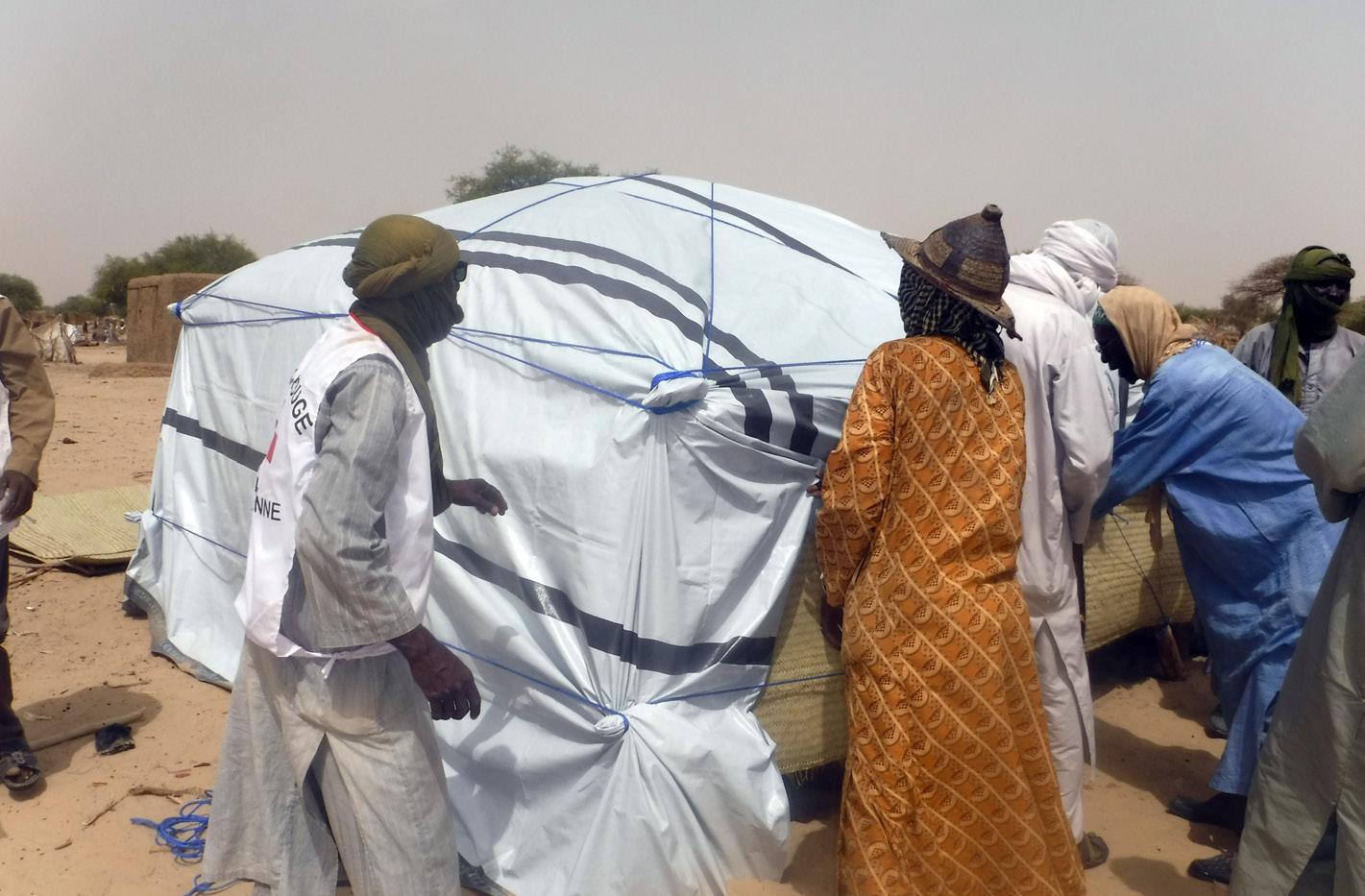
7
IFRC - Shelter Research Unit and Luxembourg Red Cross Emergency Sahel Shelter 2017
Sahel Shelter, Burkina Faso
Case Peulh, Mali
Diffa Shelter, Niger
Identification Matrix
4 Geographic document








Historic chart & climate
CRL history of shelter projects in the region
Sahara desert
Sahel Band (Arid / Steppe / hot)






Tropical / Savannah / Hot
Tropical / Humid/ Hot
8 IFRC - Shelter Research Unit and Luxembourg Red Cross Emergency Sahel Shelter 2017
Geographic Document
In this simplified schema, we can identify four main climatic zones in the region of Western Africa: Sahara desert in the north; Sahel-band crossing from west to east; and Tropical Savana and Tropical humid regions to the south. The first two are mostly dry and desertic; the second two hot and humid to very humid. In terms of shelter response, it is clear that different shelter solutions will be necessary to provide climatically adequate responses within this region.
The geographical distribution of the implemented shelter solutions in this region is concentrated throughout the Sahel. The three shelters implemented are very similar in their design, demonstrating adequate responses appropriate to their shared climatic and geograhical context.
In addition to these we have identified and adapted the Shelter Emergency Kit, that has been designed to respond to the particular conditions of the southern Sahara Desert for nomadic populations and the region´s extreme climatic context.

Implemented shelter solutions
Emergency Kit
Sahel Shelter


Diffa Shelter

Emergency Sahel Shelter 2017
Case Peulh

9
IFRC - Shelter Research Unit and Luxembourg Red Cross Emergency Sahel Shelter 2017
Geographic Document
IFRC - Shelter Research Unit and Luxembourg Red Cross

2017
Comparative matrix






Emergency Sahel Shelter
10 Year Target price Construction time Target durability Warehousing % Warehouse time 2016/17 100 Euros 4hrs-1 day 8 months 100% > 1 year 2013/14 300 Euros 1-3 days 18 months 75% 1 year 2016/17 150 Euros 1-3 days 12 months 60% 1 year
Emergency Sahel Shelter
Year Target price Construction time Target durability Warehousing % Warehouse time 2013/17 80 Euros 1 day 6 months 25% <1 year 2017 200 Euros 6-8 hours >18 months 100% 3 years Diffa Shelter Emergency Shelter Kit Sahel Shelter Case Peulh Geographic Document
2017
Comparative
5 Comparative analysis of data collected per construction
Cost; Materials; Durability; Warehousing
5.1 Price comparison
Description and general conditions
Price comparison of the implemented shelter solutions. The SRU-PM in collaboration with the field Technical Officer document, compare and evaluate the information of the BoQ of each shelter model.
Approach
In close collaboration with the local actors, the Technical officer collects the price information (BoQ) from the different field offices (countries). The information was shared by email and/or Skype and re-organized in a graphic format to better analyse the results.
Values to collect
Price per kit (CFA) and Total price (CFA)
IFRC - Shelter Research Unit and Luxembourg Red Cross Emergency Sahel Shelter 2017 11
Analysis
Emergency Sahel Shelter 2017
Analysis of collected data



Price per model and kit (CFA)
In order to facilitate the analysis, we have divided the shelter into functional kits (structure, cladding, flood and shade net).
Omission of tarpaulin from analysis; each shelter solution has a different use of the tarpaulin according to the implementation system (donations, favourable price or bought in the local market). To have a consistent parameter of comparison the tarpaulin was omitted from the comparison.
Initial findings

The most expensive model was the Sahel Shelter (Burkina Faso), while the cheapest was the Diffa Shelter (Niger), costing only 30% of the total price of the first one.
Increasing consistency of comparison variables: As the models used in Niger and Mali only have 2 components, Structure and Cladding, the following graph removed the Flood and Shade Net from the data to provide a more consistent comparison between the shelters.

IFRC - Shelter Research Unit and Luxembourg Red Cross
12
171,907 CFA 106,500 CFA 52,700 CFA Structure Sahel Shelter Case Peulh Diffa 200,000 180,000 160,000 140,000 120,000 100,000 80,000 60,000 40,000 20,000 0 26,186 83,596 6000 56,125 54,500 52,000 22,500 30,200 Flood Cladding Shade Nets Comparative Analysis
Analysis of collected data

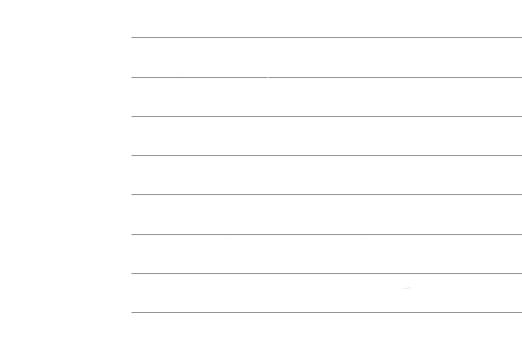
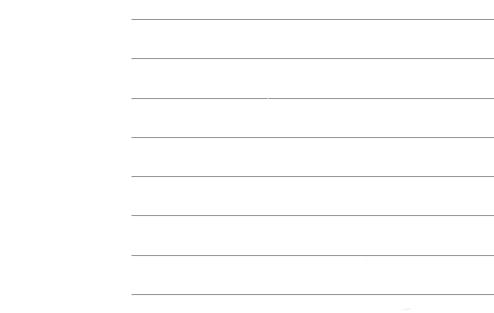






13 Structure Cladding Structure Cladding
IFRC - Shelter Research Unit and Luxembourg Red Cross Emergency Sahel Shelter 2017
Sahel Shelter Structure Cladding Price (CFA) Durability (months) 18 months 83,596 56,125 140,000 120,000 100,000 80,000 60,000 40,000 20,000 0 0 5 10 15 20 139,721 CFA Case Peulh Diffa Shelter Comparative Analysis 52,000 54,500 Price (CFA) 12 months 140,000 120,000 100,000 80,000 60,000 40,000 20,000 0 106,500 CFA Durability (months) 0 5 10 15 20 140,000 120,000 100,000 80,000 60,000 40,000 20,000 0 Durability (months) 6 mon. 22,500 30,200 52,700 CFA 0 5 10 15 20 Price (CFA)
Comparative Analysis
Findings
Price
The graphs illustrate the significant price variations found between the shelter types. The Sahel Shelter (Burkina Faso) is the most expensive of the 3 models, costing 139,721 CFA, while the cheapest is the Diffa Shelter (Niger), costing 52,700 CFA, 40% of the price.
The component which exhibits the greatest fluctuation in price between shelters is the cladding system, with the cladding for the Diffa Shelter (Niger) costing just over 25% of the price of the structure of the Sahel Shelter (Burkina Faso).
The Structure component of the shelters shows less variation in price, with the structure of the Sahel Shelter and Case Peulh shelter costing a similar amount, though still nearly twice the amount of the structure of the Diffa shelter.
Durability
The graphs show that there are some significant variations in the expected durability of the different shelter types. The Sahel Shelter is expected to last the longest at 18 months while the Diffa Shelter has the shortest lifespan at just 6 months, a significant difference of 12 months. The Case Peulh shelter has a lifespan of 12 months, which is double the one of the Diffa Shelter, but just 66% of the lifespan of the Sahel Shelter.
It can be seen that in these three models, the price of the structure has a direct correlation with the expected durability of the shelter, whereby the more expensive the shelters exhibit the longer life-spans. Furthermore, the extended lifespan of the Sahel Shelter (Burkina Faso) over the Case Peulh Shelter yet the similar structure costs suggest that the more expensive cladding in this case has contributed to a greater longevity of the shelter.
IFRC - Shelter Research Unit and Luxembourg Red Cross
14
Emergency Sahel Shelter 2017
Conclusion
In order to achieve more durable shelters, appropriate for mid/long term interventions, it is necessary to use more robust, even if more expensive, structure and cladding materials to achieve the desired standard.
5.2 Improvements in shelter response
Description and general conditions
Basic comparison between the responses to the identified challenges of the analysed shelter solutions.
The SRU-PM in collaboration with the field Technical Officer document, compare and evaluate the information, implementation and feedback about the use of the shelters
Approach
In close collaboration with the local actors, the Technical officer collects the needed information to identify the current challenges from the different field offices (countries). There are common identified challenges that shows the geographic social/disaster coherence in the general context. The information was shared by mail and or Skype and re-organized in a graphic format to better analyse the results.
Values to collect
List of materials per shelter solution and Interviews with the local actors
IFRC - Shelter Research Unit and Luxembourg Red Cross Emergency Sahel Shelter 2017 15
Comparative Analysis
Comparative Analysis

Analysis of collected data
Close to 1 means that the Shelter solution presents a response to solve the problem identified

Close to 0 means that the Shelter solution does not present any response to solve the identified problem


Improvements per solution
Termite Attack
Thermal Comfort
Flood
Findings
Flood resilience
Durability
Sahel Shelter (Burkina Faso)
Case Peulh (Mali)
Diffa Shelter (Niger)
Structure resistance
Price
The Sahel Shelter solution implemented in Burkina Faso is the only one that provides a response to the flood during the rainy season.
Thermal comfort
The Sahel Shelter is also the only model which improves the thermal comfort for the users.
IFRC
Unit and Luxembourg Red Cross
16
- Shelter Research
Emergency Sahel Shelter 2017
Comparative Analysis
Termite attack resistance
The Sahel Shelter and Case Peulh shelters implemented in Burkina Faso and Mali provide an effective solution against termite attacks, while the Diffa Shelter does not.
Structural resistance
The Case Peulh structure used in Mali has additional structural resistance, supported over metallic tubes with a space for an additional anchoring piece improving the overall resistance in sandy soils.
Price
The reduced price of the Diffa Shelter provides the adequate economic response for a large-scale operation but with reduced durability.
Relation to durability
It can be seen that the shelters highest in durability (Sahel Shelter and Case Peulh) are also those which are resilient to termite attacks and floods, with the highest durability seen where both of these variables are addressed. This direct correlation could suggest that protection against these variables has an important role in increasing shelter durability.
Conclusion
The concept of a tailored kit that can be added to or subtracted from depending on objectives could provide benefits in terms of price, flexibility for future operations and related logistics.
IFRC - Shelter Research Unit and Luxembourg Red
17
Cross Emergency Sahel Shelter 2017
Comparative Analysis
5.3 Used Items and Warehousing
Description and general conditions
Basic comparison of the different materials in the Sahel Shelter kits under a logistics parameter to evaluate the warehouse possibilities.
The SRU-PM in collaboration with the field Technical Officer document, compare and evaluate the information based in the description, implementation and feedback about the use of the shelters.
Approach
In close collaboration with the local actors, the Technical officer collects the needed information to identify the current compositions of the kits (countries). As a basic logistic component, every single material is considered separately (e.g. If we have 10 different dimensions of eucalyptus wood we will have 10 different items).
Values to collect
List of materials per shelter solution and interviews with the local actors
Analysis of collected data
In the Sahel shelter kit (Burkina Faso) we have a difference between the items with additional kits because “Items with additional kit” include the flood kit and the shade net kit. For a fair comparison with the other shelters, we have removed these items. All comments are related to the items for comparison (excluding Tarpaulin, flood kit and shade net kit).
IFRC - Shelter Research Unit and Luxembourg Red Cross
18
Emergency Sahel Shelter 2017
The shelter with the most items is the one implemented in Niger due to the different types of distributed wood. This is in clear contradiction with the price of the shelter, more items do not mean higher price; the Case Peulh shelter kit used in Mali is the one with fewest items, yet the Diffa Shelter used in Niger is the cheapest.

Conclusion

The standardization and reduction of the quantity of shelter materials will simplify the logistic aspects (procurement and transport) and facilitate / simplify the construction process.

19
Number of items per shelter Sahel Shelter Case Peulh Diffa Shelter Items with additional kits Items for comparison 16 14 12 10 8 6 4 2 0
IFRC - Shelter Research Unit and Luxembourg Red Cross Emergency Sahel Shelter 2017
Comparative Analysis
Comparative Analysis
5.4 Expected shelf-life of single items
Description and general conditions
Basic comparison of the different materials in the Shelter kits under a Logistics parameter to evaluate the warehouse possibilities.
The SRU-PM in collaboration with the field Technical Officer document, compare and evaluate the information based on the description, implementation and feedback on the use of the shelters.
Approach
In close collaboration with the local actors, the Technical officer collects the needed information to identify the current compositions of the kits. As a basic logistic component, every single material is considered separately (e.g. If we have 10 different dimensions of eucalyptus wood we will have 10 different items).
The warehousing criterion take into account normal warehouse conditions (safe, dry, clean and well ventilated) and the possibility of the materials being attacked by animals or deteriorating through time. In addition, we considered that the wood has to be “green” to be used in the shelter construction. Therefore, it is not a material that can be stored in a warehouse.
Values to collect
List of materials per shelter solution
IFRC - Shelter Research Unit and Luxembourg Red Cross
20
Emergency Sahel Shelter 2017
The positive values mean the quantity of items with a theoretical storage period longer than 1 year. The negative numbers mean the number of items with less than one year of storage time.
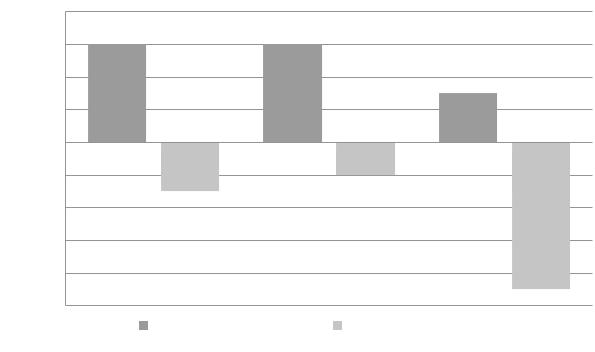
Findings
70% of the items in the Diffa Shelter kit used in Niger will not resist one year in the defined warehouse conditions. The shelter kit used in Mali (Case Peulh) presents the opposite percentage, with 70% of the materials expected to resist more than one year in the warehouse.
Conclusions
The use of timber is one of the parameters that reduces the warehousing expectation period. The timber used for the dome structure needs to be flexible to form arches and so would need to be fresh, green wood. This
IFRC - Shelter Research Unit and Luxembourg Red Cross Emergency Sahel Shelter 2017 21 Comparative Analysis Analysis of collected data Storage life of Material 8 6 4 2 0 -2 -4 -6 -8 -10 Sahel Shelter (Burkina Faso) Warehouse > 1 year Warehouse < 1 year Case Peulh (Mali) Diffa (Niger)
could not be stored in a warehouse for long periods of time. In the case of using timber, the alternative could be mid/long term agreements with local producers to ensure local availability of a fresh supply, such as in the form of plantations.
Other materials like Nylon rope, plastics, or metallic tubes appear as the most durable solution in terms of expected life span in storage conditions. For a 100% storable solution, this could be the strategy to follow.
22
IFRC - Shelter Research Unit and Luxembourg Red Cross Emergency Sahel Shelter 2017
Comparative Analysis
6 General conclusions and base of design
Summary contents of analysis phase
Price comparison
The price comparison shows that increasing the structural durability and stability by using metallic poles appears to be the most logical solution for a mid/long term intervention. This solution will provide a better resistance against termite attacks, one of the major concerns in the field.
Design
Design of the shelter solution based on the concept of contextualized “individualised kit” will provide benefits in terms of adaptation and flexibility of future operations and logistics. Rectangular shape, dome and quality of the interior space are the main parameters to keep working on the final shelter solution.
Items and warehousing
The standardization and reduction of the quantity of shelter materials will simplify the logistical operations of procurement and transportation, and aid in the ease of construction.
Shelf life
The wood and other organic materials are the parameters that reduce the storage life span. Other materials like Nylon rope, plastic or metallic tubes are the most durable solution in terms of expected warehouse life. For
IFRC - Shelter Research Unit and Luxembourg Red Cross Emergency Sahel Shelter 2017 23 General Conclusions
a 100% storable solution, the use of non-organic materials is the best strategy to follow. Operationally a combination of the different solutions is the suggested strategy. In this sense, it will be possible to respond to future emergencies in the short term, and the mid/long term by using natural fiber carpets provided by local suppliers.
Climatic appropriateness
The analysis of the climatic and geographic context illustrates that there are no standard shelter solutions that allow a worldwide response. The need of a contextualized shelter becomes more and more necessary to provide an adequate shelter response. Therefore giving the basic concept guidelines of a shelter kit solution that provide an emergency response for a specific context could be the base for future responses.
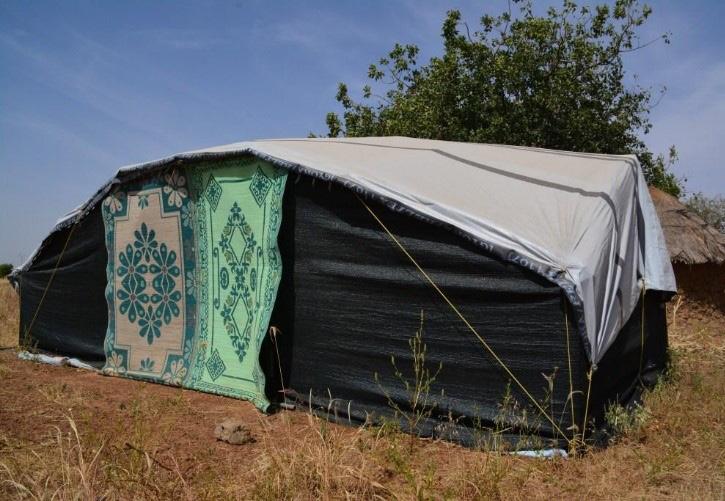
24
Sahel Shelter warehouse version, Burkina Faso, after four months of normal use.
7 Sahel Shelter 2017 Reviewed design
7.1 Overview - Base of design
In this regional context we have proposed a basic design for a common emergency shelter solution in the Sahel region. The first shelter solution was developed in Burkina Faso with the support of the LRC. The same shelter but with small variation was built in different countries in the region: Burkina Faso, Niger and Senegal.
With this regional approach, we aim to show that the strategy of a common concept with a stable structure, specific shape and materials can be easily implemented in to the particular Sahel context with the same high level of performance. As previously agreed, the solutions should match the following requirements:
Requirement
Shelter covered surface
Target Price per unit in local market
Construction time
Target durability in predefined conditions
Warehousing materials
Target warehouse time
Value Min 20m2 200 Euros* 1-3 days Min 12 months Min 75% of items
years
* Price for the needed materials in the field (not included local transport/ construction fees and/or others)
IFRC - Shelter Research Unit and Luxembourg Red Cross
2017 25
Emergency Sahel Shelter
3
Reviewed Design
In addition, due to the operational conditions in the field, we worked on two prototypes with the same structure and form but with different cladding materials in order to respond to specific demands.
The cladding materials of the first shelter were selected focussing on the warehouse time and durability, with the intention of developing a shelter solution that can be 100% prepositioned in warehouses, to allow readiness for rapid deployment in case of an emergency.
For the second shelter, consideration was given for the mid-term as well as immediate response. We used organic materials, notably the natural fiber mats that are very well known in the Sahel region and currently used in several shelter operations with good results.
With these two prototypes, we show the flexibility of the proposed regional solution: it can be deployed fast as a prepositioned shelter and it can also be used as a shelter solution for a mid to long-term operation with local materials that cannot be kept in storage for a long duration.
7.2 Kit structure Foundation plan and marking-out process
The proposed dimension for the Shelter is 6,50m x 3,40m with a total surface area of 22.10m2 covered surface (4.42 m2 per person for a family of 5 - Sphere Standard 3,5m2 per person).
The rationalisation and standardisation of the dimensions of the shelter also facilitates the marking-out process. Designing the shelter in a manner to allow the use of basic methods such as “3,4,5” or metallic construction square (bevel) would facilitate this process, and minimise measurement errors which could compromise the quality of construction.
IFRC
Luxembourg
26
- Shelter Research Unit and
Red Cross Emergency Sahel Shelter 2017
Reviewed Design
Reviewed Design
A reduced number of poles consequently also means a reduced number of excavations. Furthermore, with the measures undertaken to stabilise the structure and make it more self-supporting, the depth of the new excavation will will be max 40cm for each pole (min. 25cm). Additional measures may be necessary to ensure the structural stability depending on the soil type and shelter exposition to the wind pressure.
Marking-out process on protoype shelter
Poles (walls)
The benefits of using metal poles are: improving the structural resistance, increasing durability; long warehousing life and (based on the experience) avoiding the possibility of termite infestation. The poles are metal tubes with a minimum section of 30 x 30mm or Ø=40mm; e>1,5mm.
The height of the central poles is set to 2,20m (2,50m in total), the height of the corner poles is 1m (1,30m total) and the height of the perimeter poles is up to 1,80m (2,10m in total). The head of the pole finishes in a U-shape

27
IFRC - Shelter Research Unit and Luxembourg Red Cross Emergency Sahel Shelter 2017
3.4m 6.5m
Alignment of poles
piece that will support the dome structure. At the foot of the pole, a “ring piece” will allow the introduction of an additional bar to create a T-shape increasing the resistance of the shelter in sandy grounds.
None of these structural modifications affect the shape of the actual shelter solutions and the general proportions of the original model remain similar. However, the new dimensions allow for standardisation and simplification of the construction process through reduction of materials for structure. In addition, the roof will have a double surface shape that will considerably increase the overall rigidity of the shelter. Finally, the interior space is higher than the older shelters, which is widely appreciated by users.
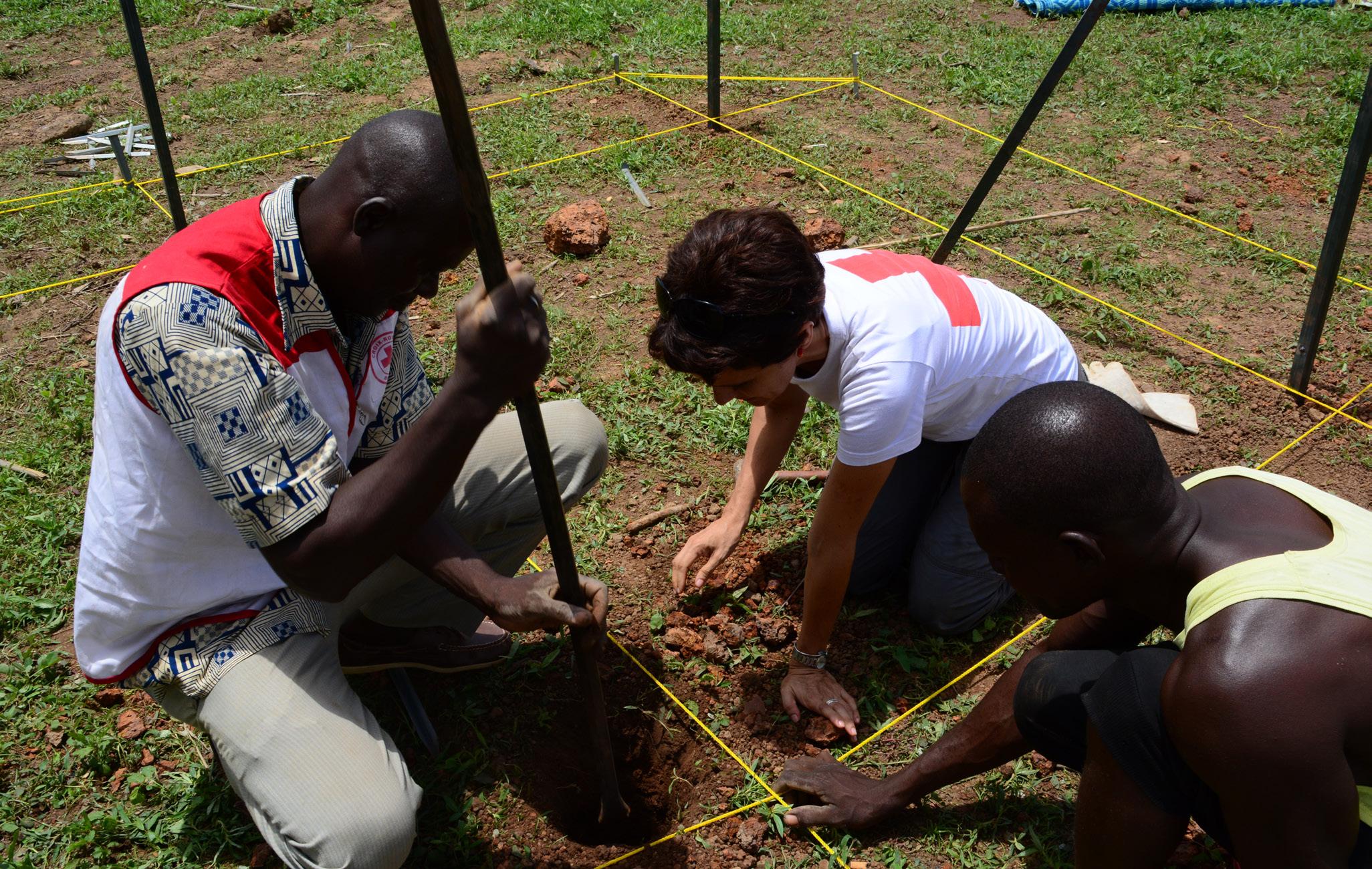
28
IFRC - Shelter Research Unit and Luxembourg Red Cross Emergency Sahel Shelter 2017
Reviewed Design
IFRC - Shelter Research Unit and Luxembourg Red Cross Emergency Sahel Shelter 2017
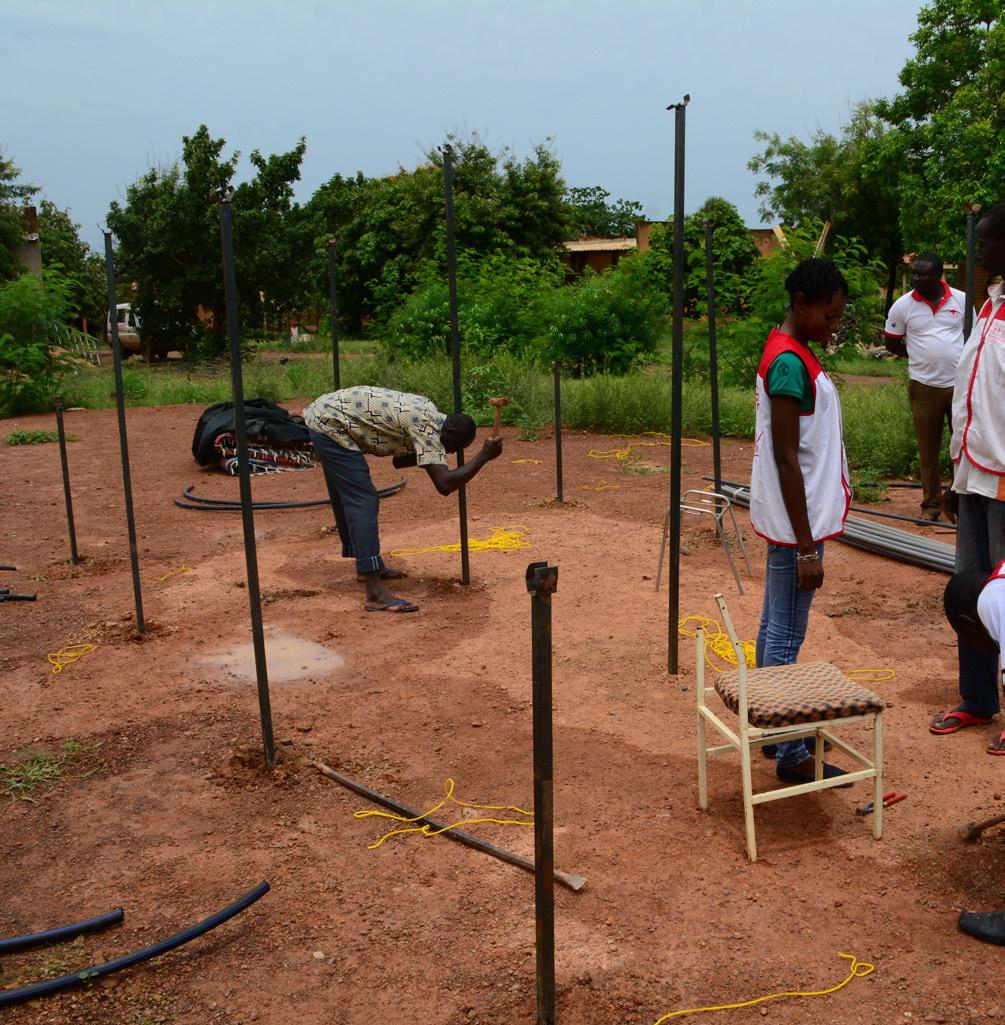
Reviewed Design
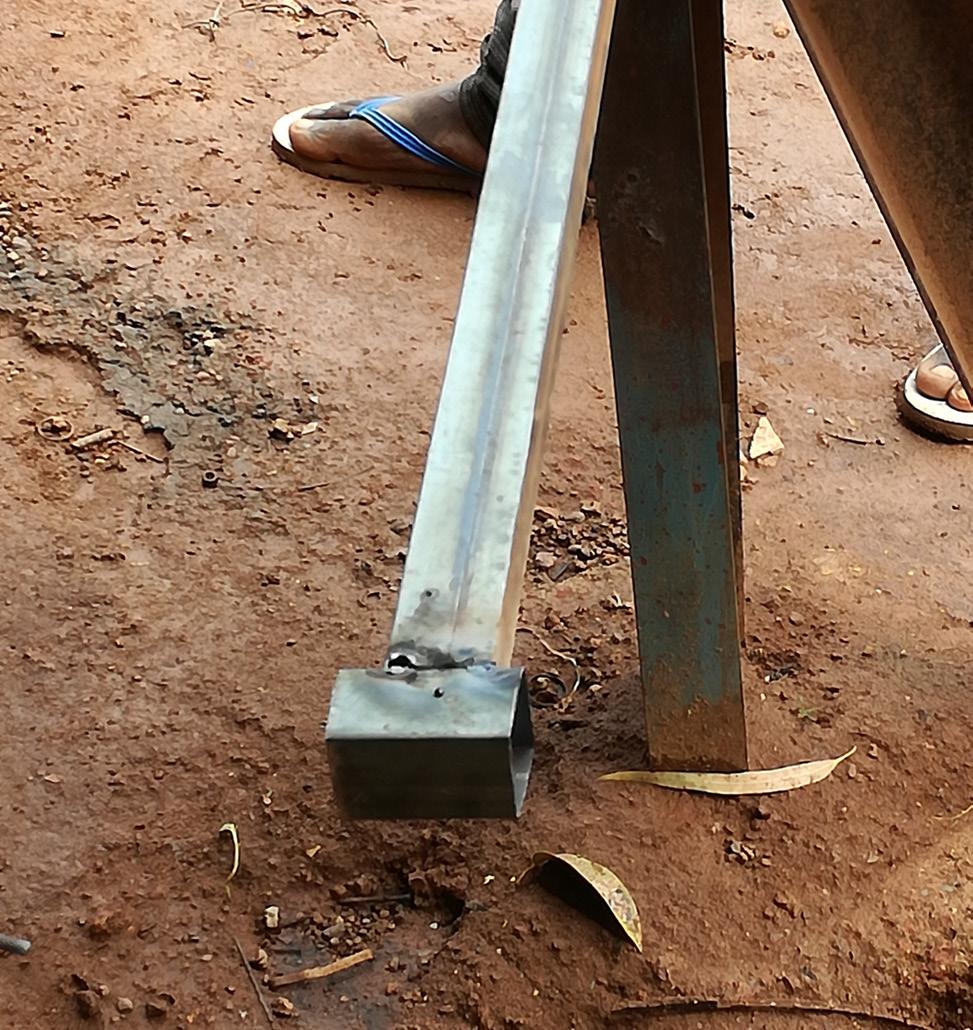
Dome structure
The design includes a dome form for the roof shape, with the geometry created through arches attached in a rectangular perimeter over the poles´ heads. Using diagonals and triangulations with this structural layout, the resistance and rigidity of the entire system is improved as well as efficiency in material usage. The chosen material is PVC (d=32mm) commonly used in the region for black water conduction. With the inclusion of this material the warehousing time will increase up to 3 years, the risk of termite attack will disappear and the expected durability of the shelter structure will be more than 12 months. Furthermore, the experience in Burkina Faso, Niger and Senegal shows that the users appreciate the material and the shelter remains stable and with no changes for the last 4 months.
29
The central poles are higher to increase the internal space
2.2m 0.9m
1.8m
Metallic piece on the foot of the pole –improving resistance in soft soil
IFRC - Shelter Research Unit and Luxembourg Red Cross
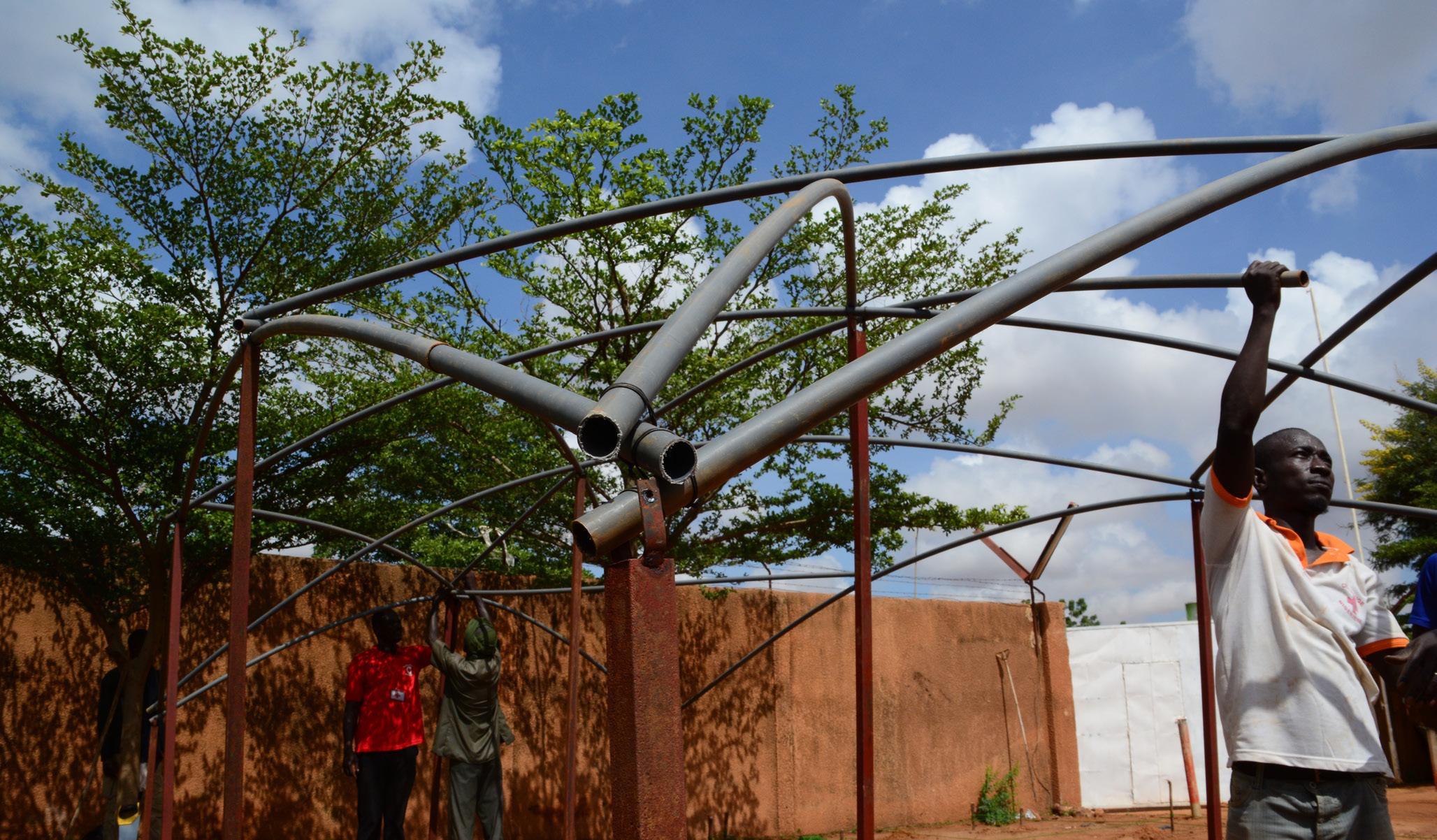

Emergency Sahel Shelter 2017
Reviewed Design
Triangulation of the bars to ensure load transmission
Double curved surface increases rigidity in all directions
30
IFRC - Shelter Research Unit and Luxembourg Red Cross Emergency Sahel Shelter 2017
Reviewed Design
Bracing
The reduction of different structural elements required for additional measures to ensure stability of the structure. One such measure was an arch system was introduced in the perimeter as a complement of the dome structure.
In addition, one horizontal bar can be included at 30cm over the ground level all around the perimeter for additional stabilisation. The used material is the same PVC (d=32mm) fixed with metal wire on the poles and perimeter arches.
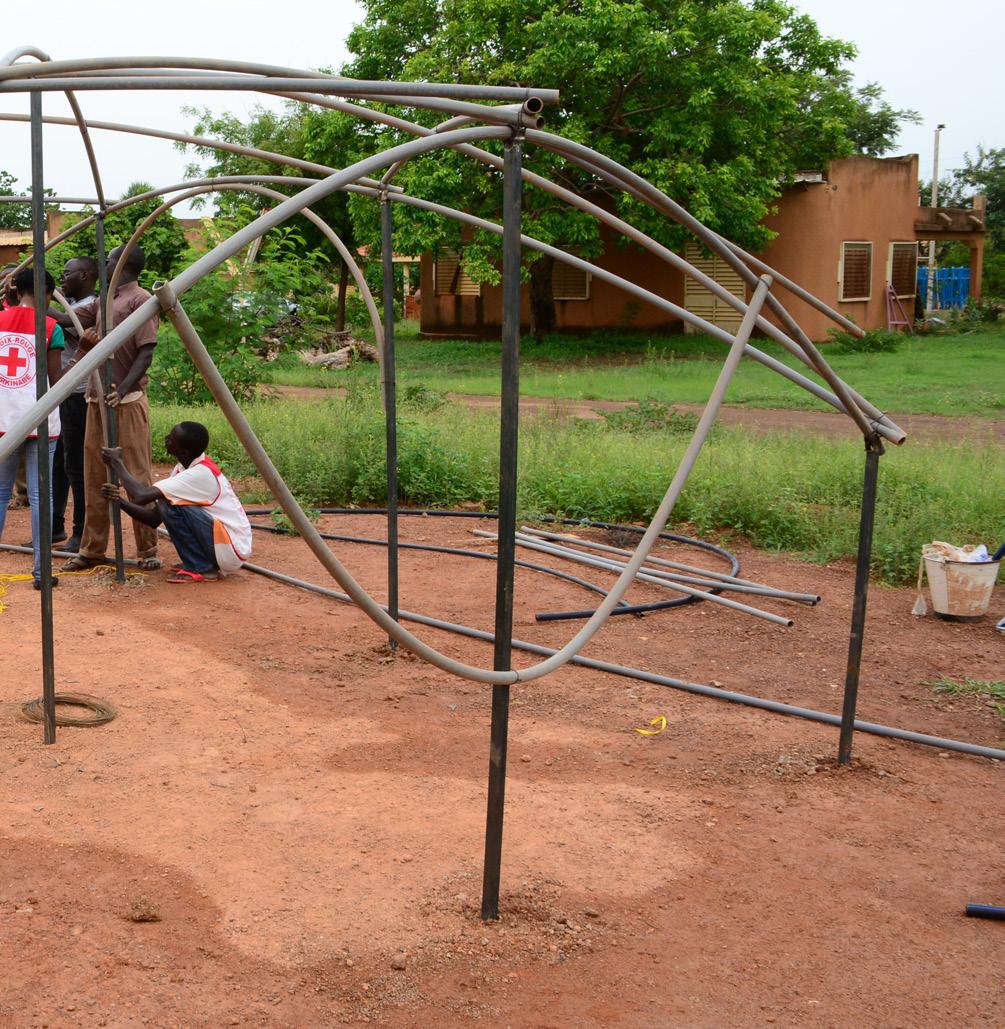
Arches to improve the structural resistance between poles

31
U-shaped bracing elements on the short side of of the shelter
Structural joints
The proposed structural joints facilitate the setting-up of the shelter without decreasing its structural resistance. Simple attachments of metal wire for the connections provide a strong joint system with a material volunteers are familiar with.

Note: This fixing system may require training and ongoing monitoring of unskilled staff and users to ensure effective connections.
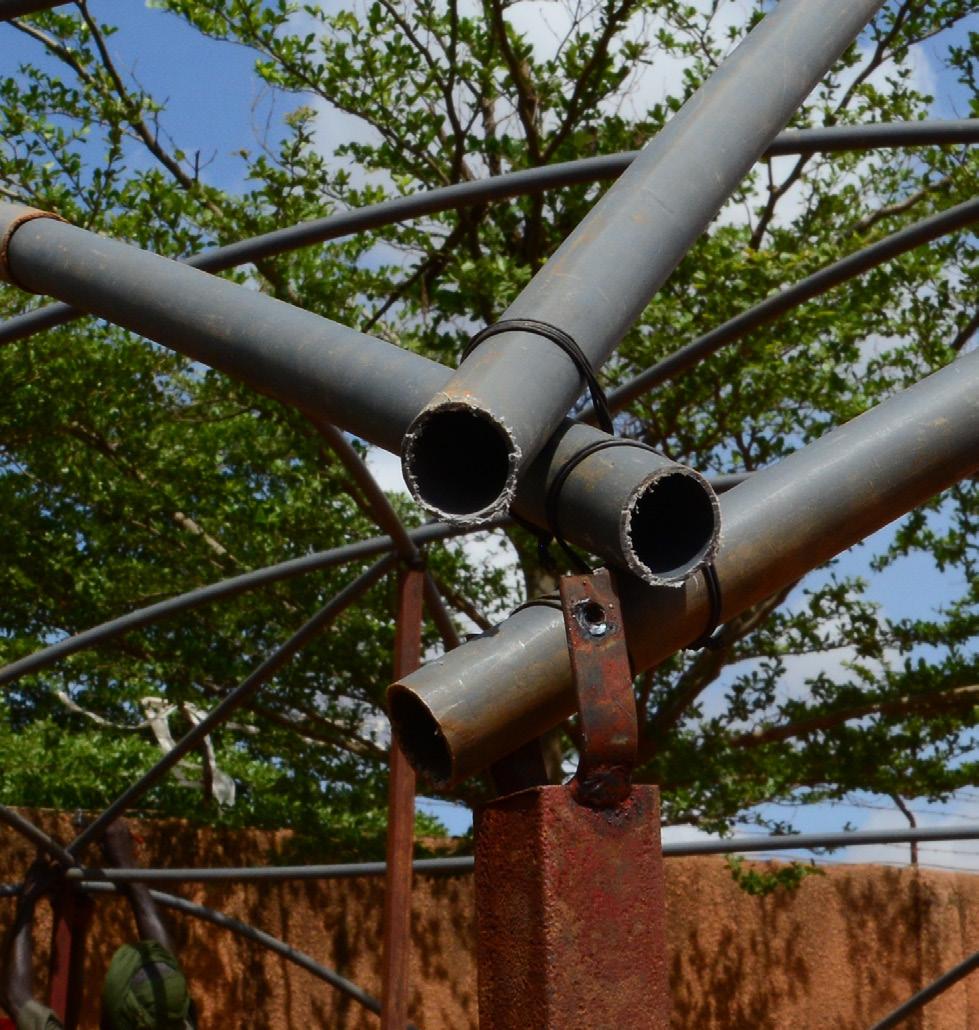
32
IFRC - Shelter Research Unit and Luxembourg Red Cross Emergency Sahel Shelter 2017
U-piece on the head of the vertical poles to ensure connection with the arch.
Metallic wire for connections cut and attached with plyers
Reviewed Design
IFRC - Shelter Research Unit and Luxembourg Red Cross Emergency Sahel Shelter 2017
Reviewed Design
7.3 Cladding system
Vertical cladding
Sahel Shelter warehouse version:
For the walls, we use a double layer of shade net (opacity min 70%). On the long side of the shelter, the shade net is attached directly to the “lintelbeam” with a continuous cable. On the short sides of the shelter, the shade net is also tied vertically to the corner poles. On the longer side, the shade net is sewn vertically to the poles with individual stitches made with metallic wire which allows it to be rolled up for ventilation.

Sahel Shelter natural fiber version:
The walls are made using 12 natural fiber mats of 120 x 220cm directly stitched onto the shelter structure. The mat is stitched directly over the lintel-beams, bracing arches and metallic poles. Please notice that the stitch can be done with metallic wire and/or 1mm rope.
33
“Warehouse” version with walls in double layer of shade net
Emergency Sahel Shelter 2017
“Natural fiber” version with natural fiber mats
Dome cladding - Inner layer
Sahel Shelter warehouse version:
The inner layer that covers the dome structure is made of plastic carpets to be pre-assembled before setup. The carpets are stitched together to form a full cover of the dome. This cladding element is prepared with 12 (3x4) pieces of plastic carpets of 1,90m x 2,10m. Finally, the cover is fixed over the dome as one piece, serving to protect the second layer, the plastic sheet, from the structure and or metallic wire joints, while at the same time providing insulation and a comfortable interior environment.
Sahel Shelter natural fiber version:
The inner layer that covers the dome structure is made of natural fiber mats. The mats are stitched together to fully cover the dome with 14 units of 120 x 220cm. Finally, the cover is fixed over the dome as a single piece.
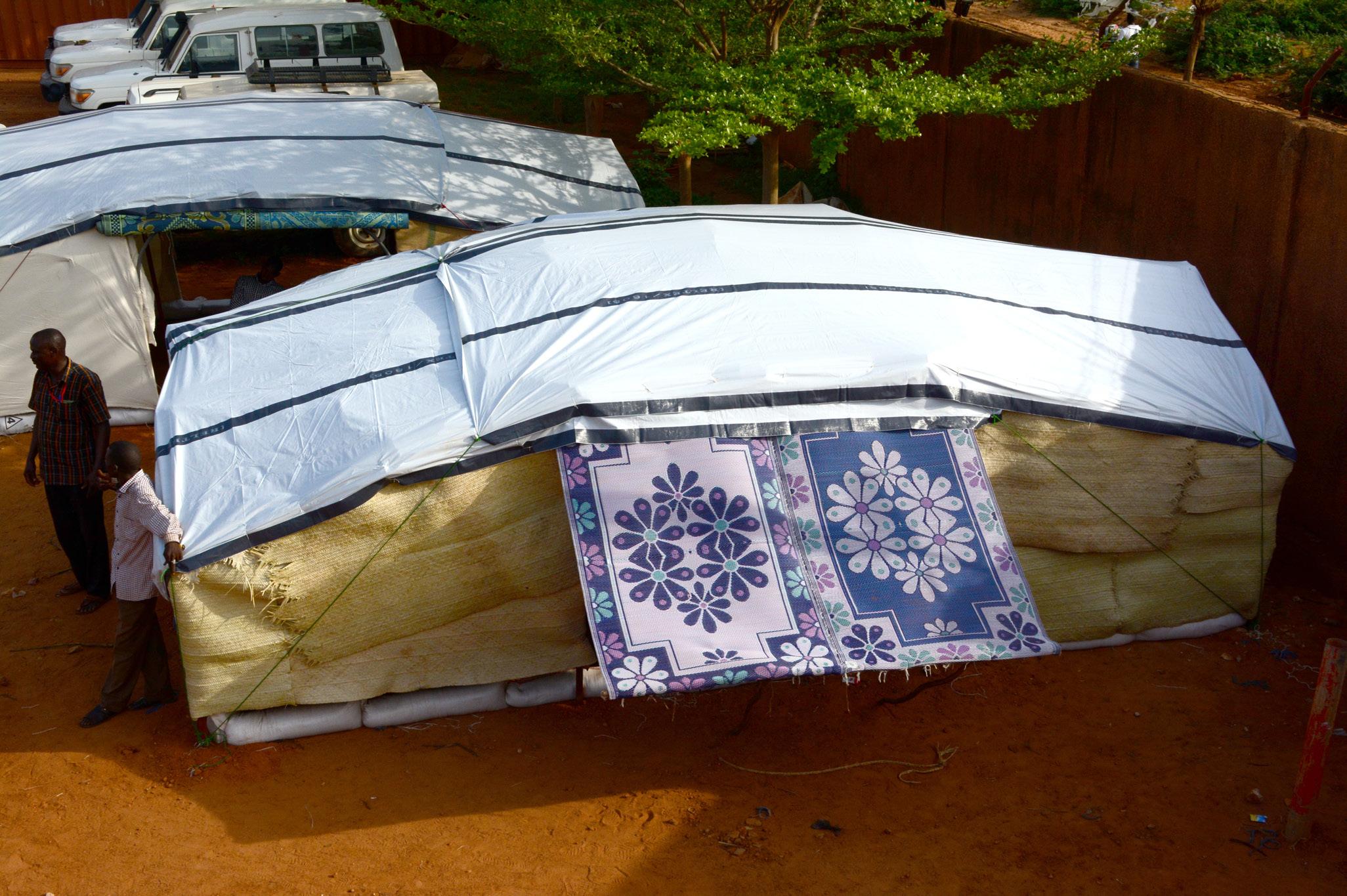
IFRC - Shelter Research Unit and Luxembourg Red Cross
34
36
Reviewed Design
Natural fiber version, with natural fiber mats as the dome´s first layer
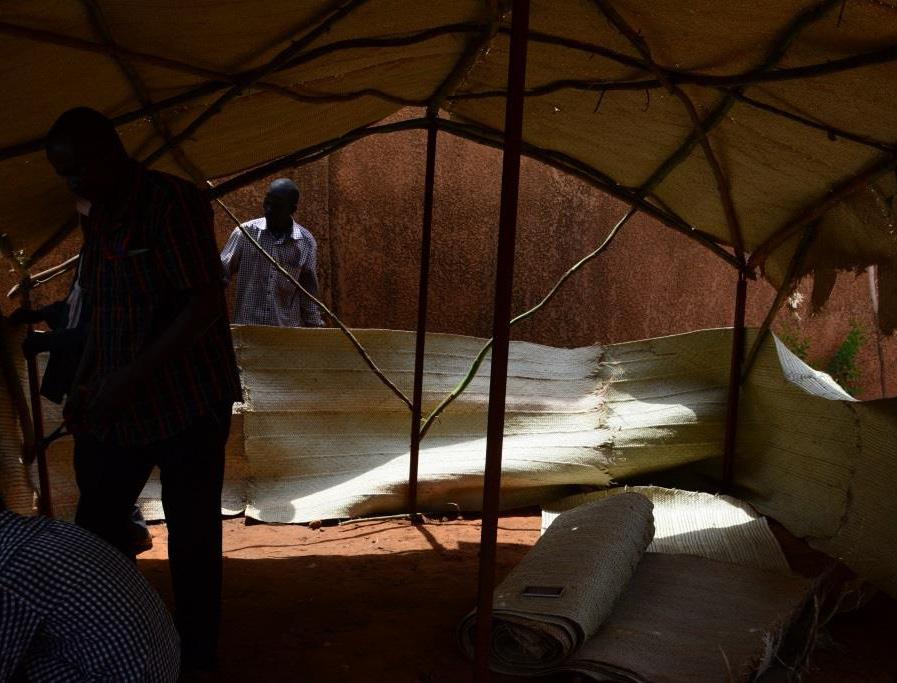

35 37
IFRC - Shelter Research Unit and Luxembourg Red Cross Emergency Sahel Shelter 2017
Reviewed Design
The colourful interior of the warehouse version
IFRC - Shelter Research Unit and Luxembourg Red Cross Emergency Sahel Shelter 2017
Reviewed Design
Dome cladding - outer layer
The exterior cladding layer of the dome is the same for the two shelter models. This layer is reduced to one 4m x 10m tarpaulin from a roll, or 2 4x5 standard IFRC tarpaulin. The tarpaulin is fixed with a 4mm nylon rope. The tarpaulin sides are stitched to the lintel beam with a 1mm nylon rope. This rope is used to pull down and tension the plastic layer and fix it directly to the shelter structure at the 4 corners. Furthermore, the plastic sheet is pulled down over the short ends and anchored to the lower part of the structure at four points. This solution provides extra protection against lateral rains and winds during the rainy season.
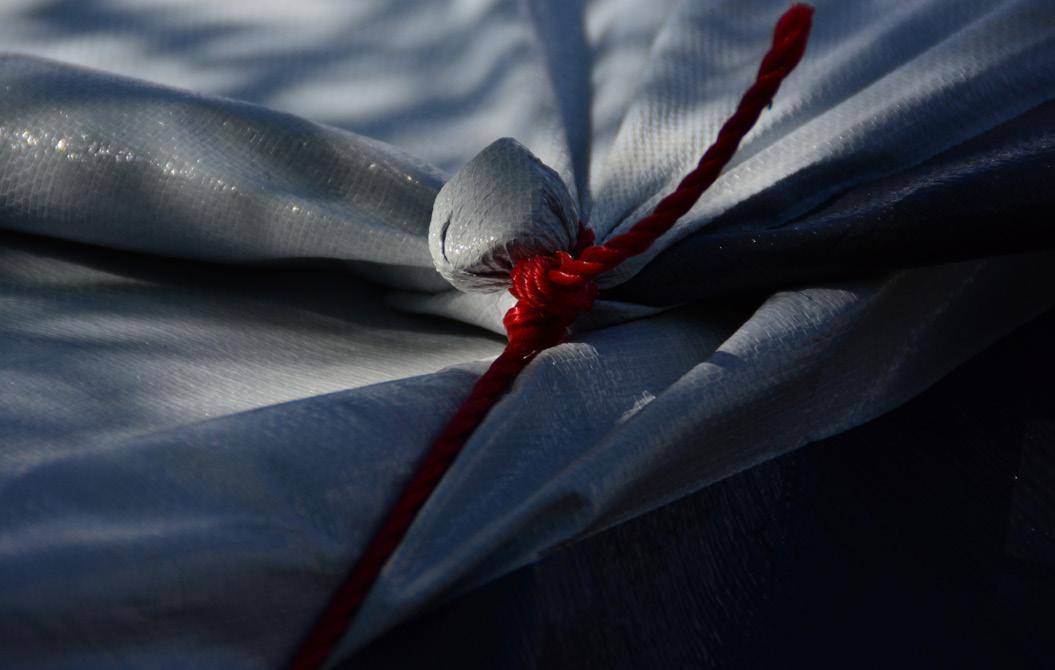
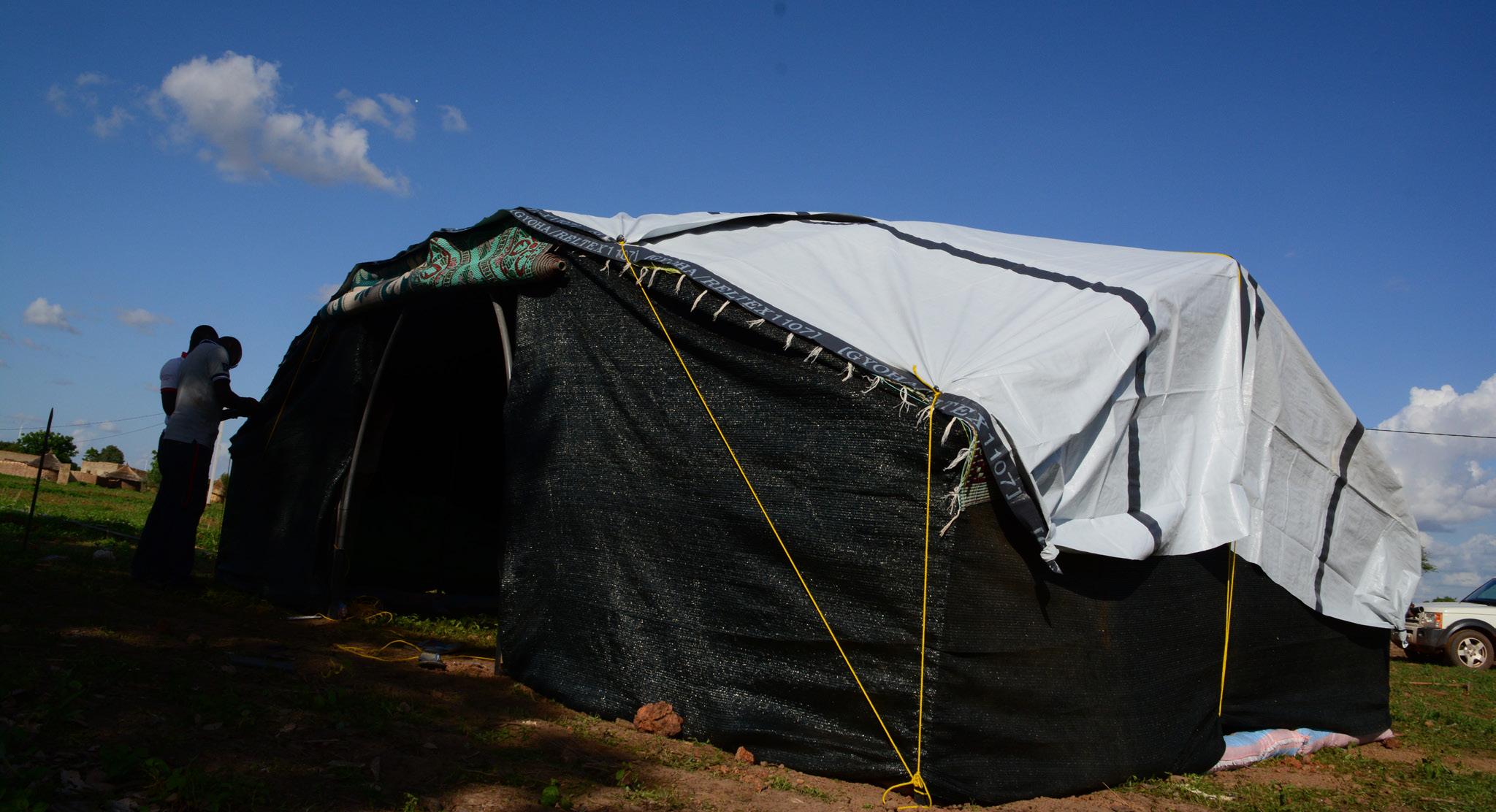
IFRC Quality plastic sheeting fixed to the bottom part of the metallic poles
Avoiding holes in the plastic sheeting to ensure water proofing
36
IFRC - Shelter Research Unit and Luxembourg Red Cross Emergency Sahel Shelter 2017
Reviewed Design
7.4 Additional kits that could be used in this shelter
Flood protection
The proposed solution is a barrier with sand bags positioned around the perimeter of the shelter. The bags are made from plastic sacks (50 x 90cm) available in the local market. They are cut in half and sewn by hand to form tubes of 25cm x 90cm and finally filled with sand (or available soil) from the site. The plastic bags have to be placed inside the shelter to protect the plastic from the UV radiation and hold down the shade net walls. A very simple and cost effective solution that works well.
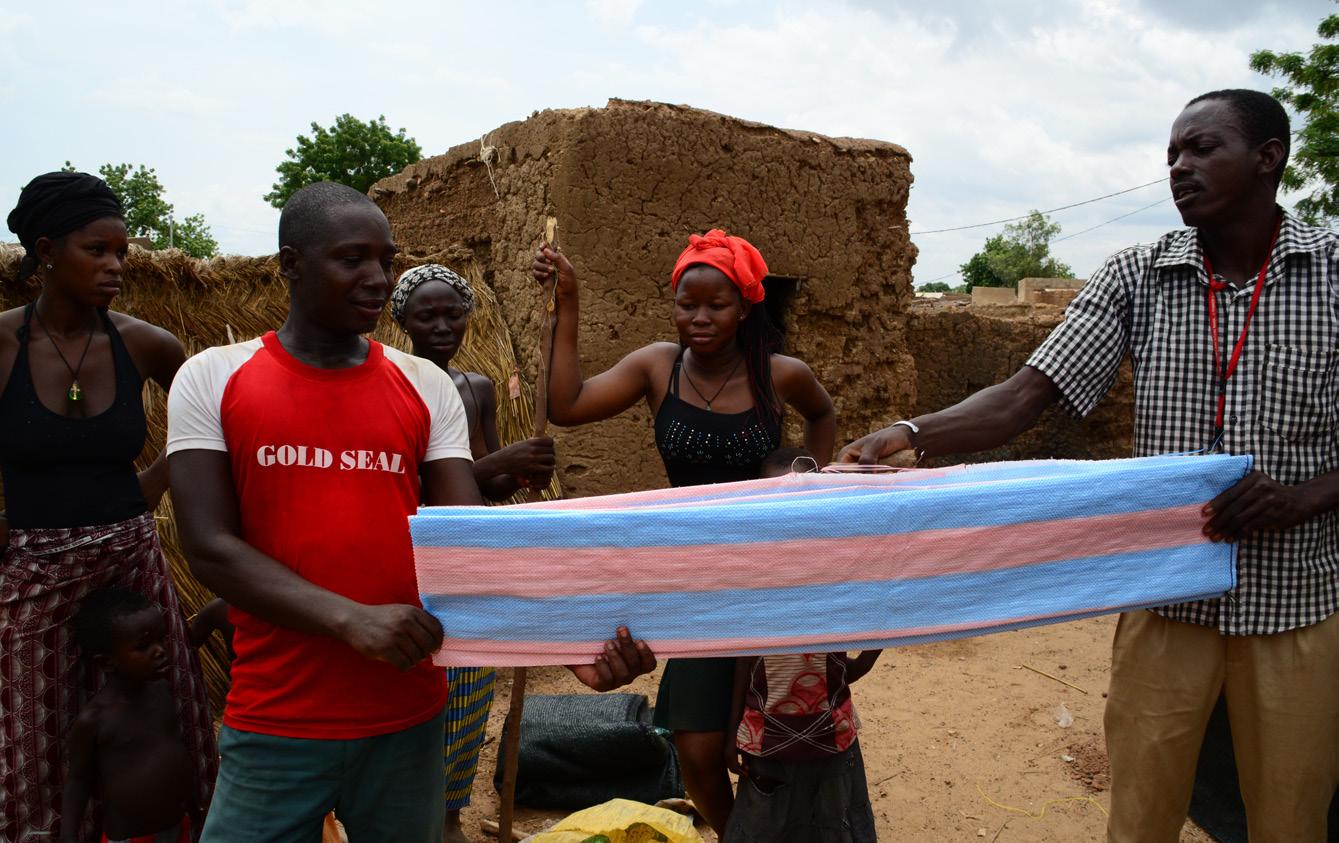
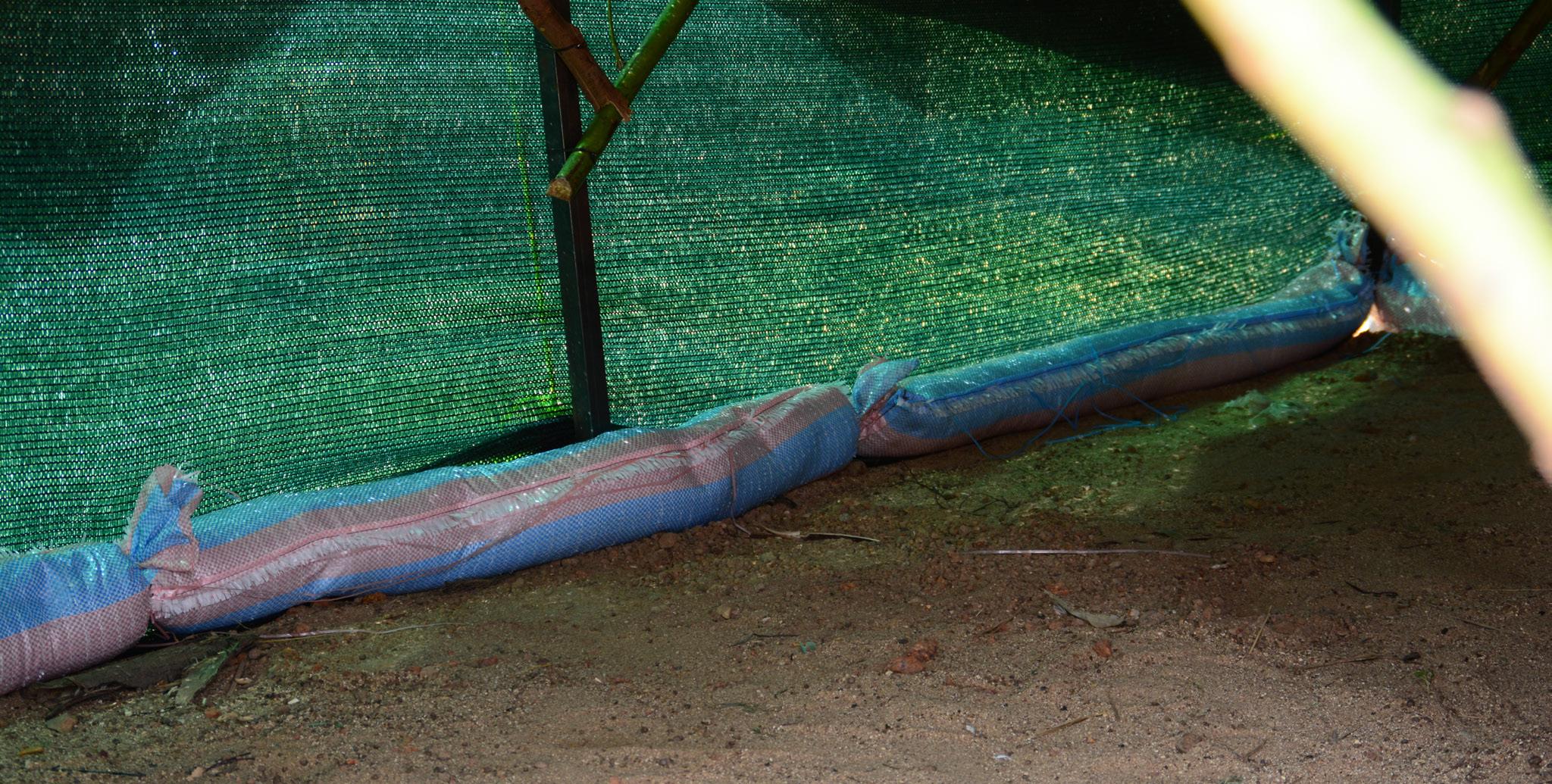
Physical barrier to avoid water from the ground inside the shelterproofing
Plastic bags cut in half and stitched
37
IFRC - Shelter Research Unit and Luxembourg Red Cross Emergency Sahel Shelter 2017
Doors
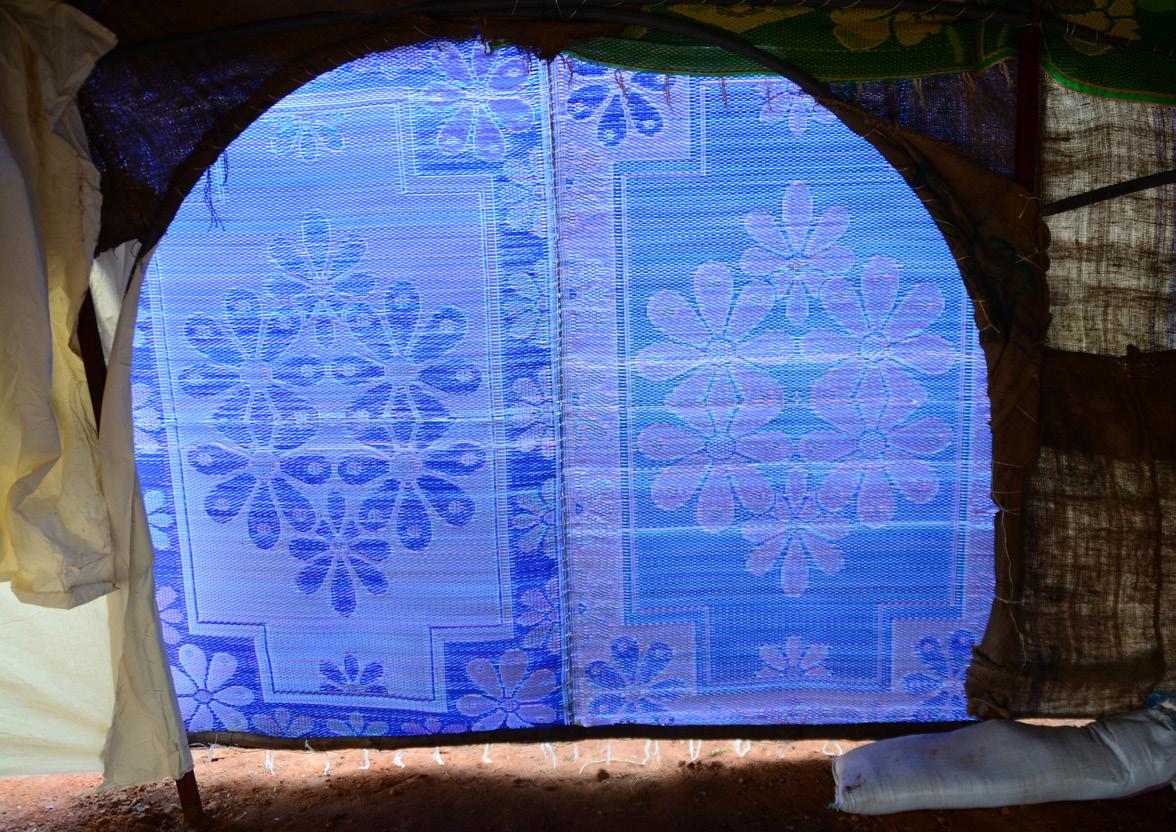
The design of the shelter includes two doors placed on the long side of the shelter and situated opposite each other, a positioning which will facilitate the cross ventilation. Furthermore, the doors can be rolled up to open fully or partially creating a space protected from direct sun exposure; a passive architectural solution to easily increase the comfort inside the shelter. At the bottom part of each door a wooden piece is stitched in order to facilitate the closing system, through attaching the door to the metallic poles.
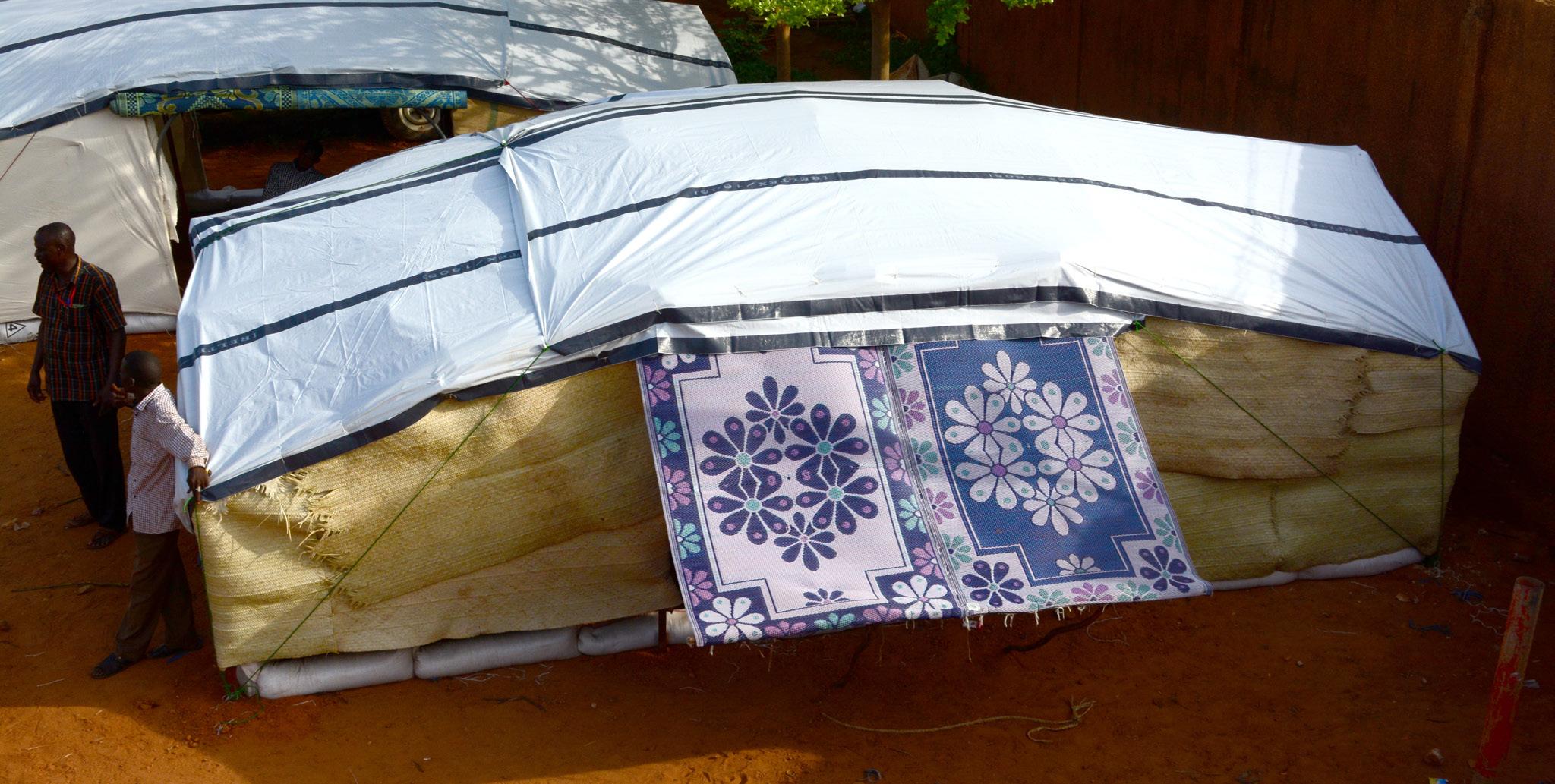
38
The open door configuration
Door view from inside closed and attached to the poles
Reviewed Design
Reviewed Design
Inner partition
Allowing adaptation based on the feedback from the users, the shelter solution should allow the them to make one or more interior partitions to meet their needs for the space. The distribution of the inner space in the shelter can easily provide the opportunity to divide the shelter into 1, 2 or 3 interior spaces. Proposed solution for this interior partition: using the same plastic mats and or natural fiber mats attached to the structure. Alternatively, a fabric is a good option to make the interior divisions.
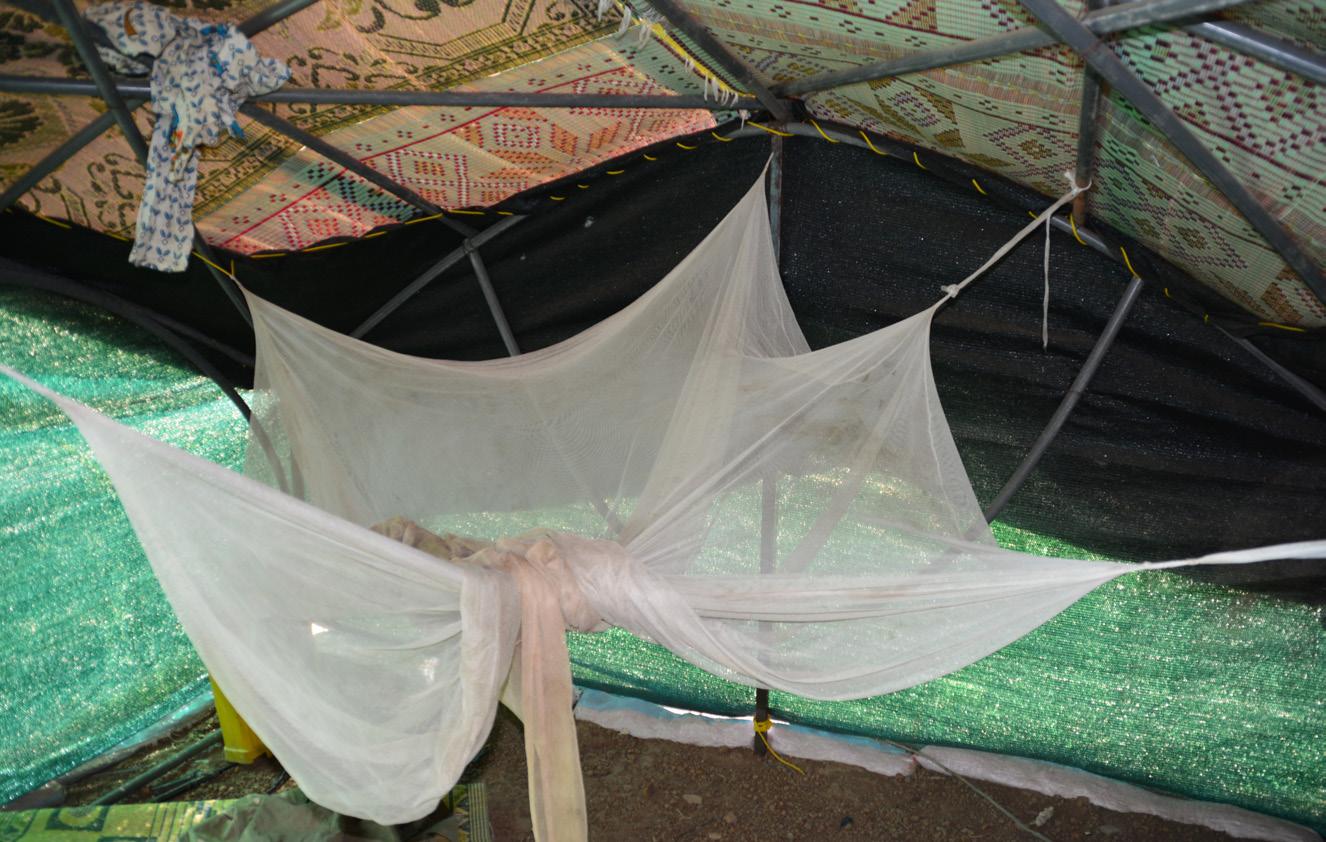
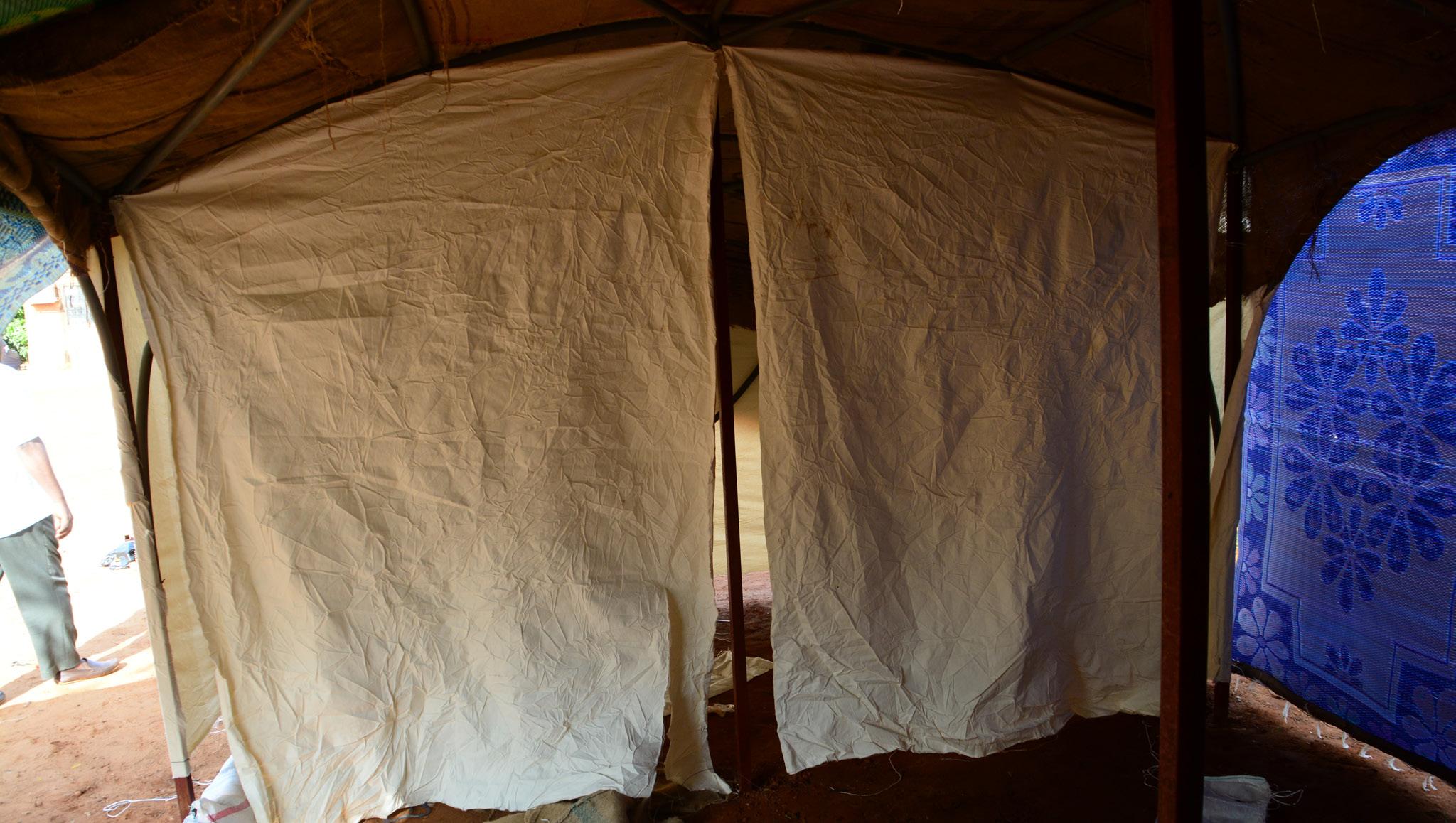
39
IFRC - Shelter Research Unit and Luxembourg Red Cross Emergency Sahel Shelter 2017
Interior view with mosquito net
Proposed interior partition closed
7.5 Logistics and economics
The proposed shelter design provides longer life span, better stability, comfort inside the shelters and a full storable kit with at least 1 year lifespan expectancy in normal warehouse conditions. The structural concept and materials have proved good results in terms of resistance, cultural acceptance and market availability. The different variations for the cladding solution verified the adaptability of the proposed solution.
It is important to point out that the use of new storable items, such as plastic pipes, is not welcomed by users, who are used to a seminomadic life and ephemeral architecture, and can reduce the acceptance of the shelter kit. The conception of the improved shelter solution includes the flexibility in terms of selected materials. The tubes for the dome structure can easily be changed to eucalyptus wood d=30mm+; and the shade net on the walls can be changed for natural fiber carpets.
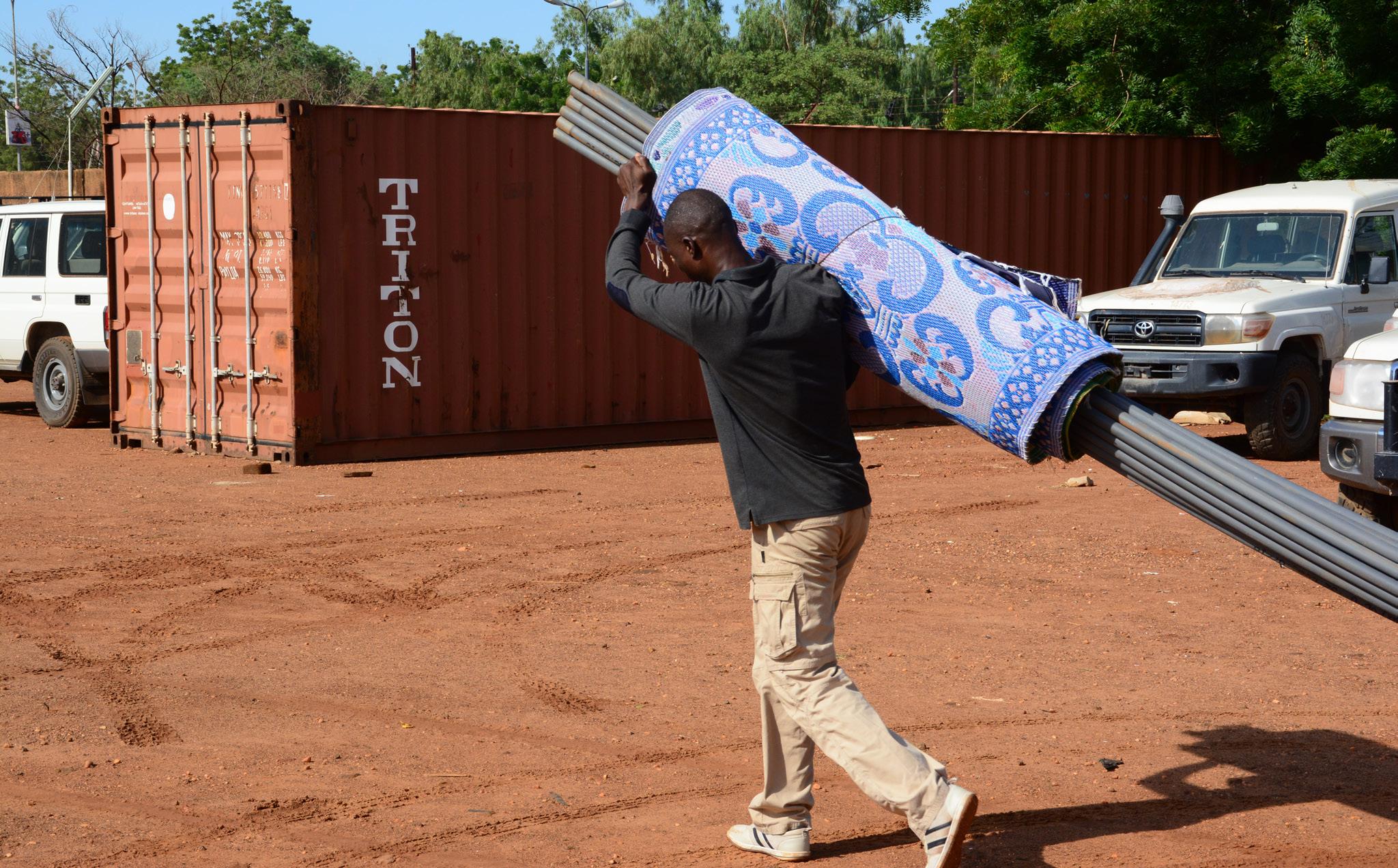
IFRC - Shelter Research Unit and Luxembourg Red Cross
40
Emergency Sahel Shelter 2017
Reviewed Design
Transport of one package of the Sahel Shelter 2017 Warehouse version
Reviewed Design
The concept of the proposed Sahel kit offers the possibility to distribute a combination of complete solutions that can be complemented by additional kits according to the specific needs and situations. In addition, the total weight of one basic shelter kit is 75kg and can be distributed in two packages for easy transportation.
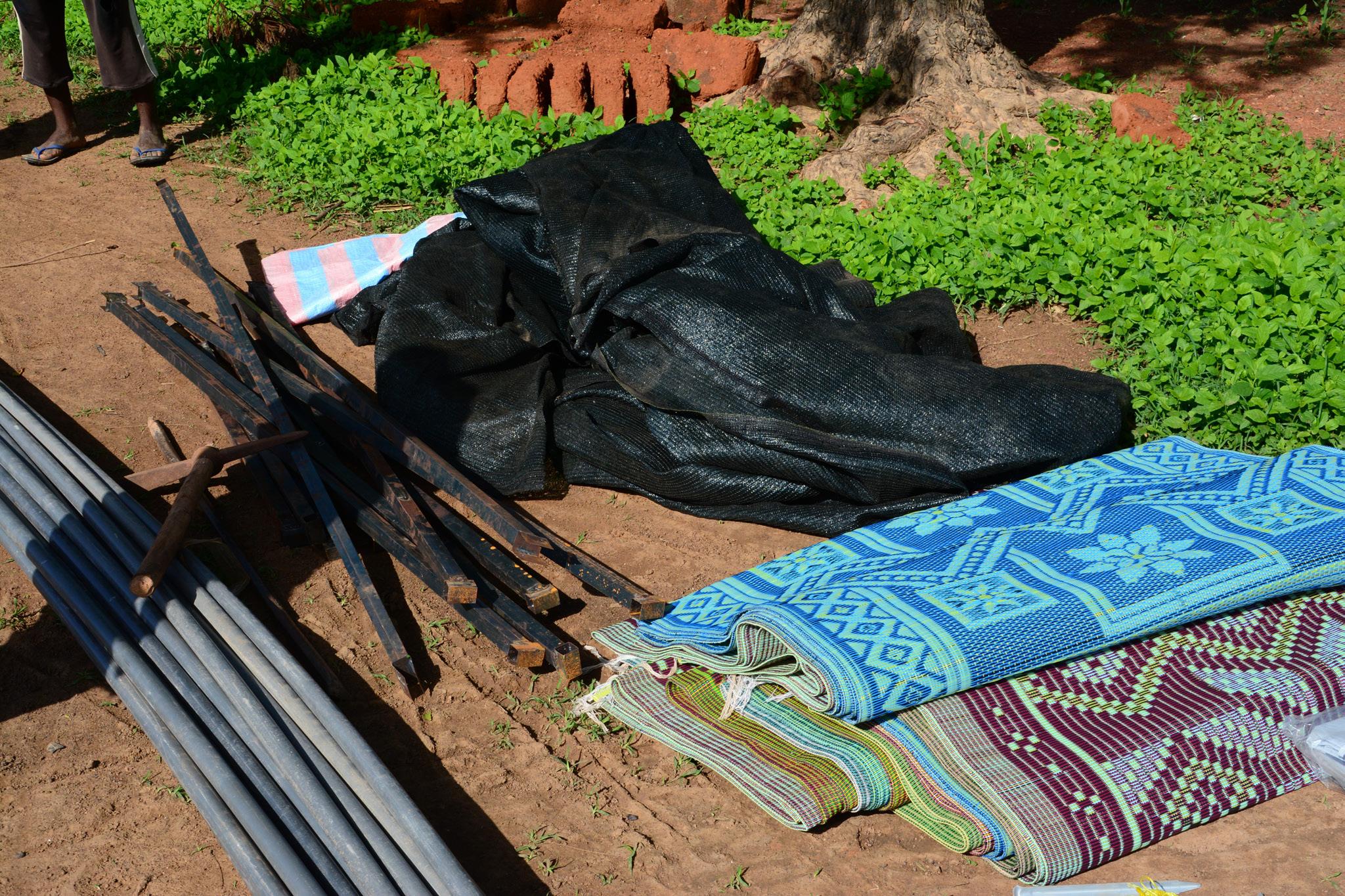
Furthermore, this kit conception facilitates the distribution, in logical phases of the building the construction process and the seasonal requirements (rain proofing, flood-protection, shading).
The following table presents the cost of the separate kits and the complete shelter, using the best value for money prices for 1 prototype and from local suppliers in Ouagadougou, Burkina Faso (as of 2017.07).
41
IFRC - Shelter Research Unit and Luxembourg Red Cross Emergency Sahel Shelter 2017
Sahel Shelter 2017 Warehouse version – Full kit
IFRC - Shelter Research Unit and Luxembourg Red Cross
Emergency Sahel Shelter 2017
Reviewed Design
Metallic Post* (30x30mm>1.3m)
Metallic Post* (30x30mm>2.1m)
Metallic Post* (30x30mm>2.5m) PVC tube 32mm
Sahel Shelter 2017 Warehouse Version Material Plastic mats (1.2 x 2.2m)
Note: * 2 needles + 1 roll of 1mm nylon rope
** Interior partition can be added:
Vegetal Mat 4 units = 5000CFA
42
Tarpaulin (4 x
Nylon
(Ø4mm) Shade net fabric Thread & sewing needle Unit Unit Roll m2 Kit* Plastic sacks (30x40x90m) Unit 16 350 5600 16 2 1 16 1 2250 9000 3500 600 850 36000 18000 3500 9600 850
6m)
roPE
Wire metallic
(min 3kg) Unit Unit Unit Unit Unit 4 6 2 24 2 1312 2118 2522 2000 1000 5348 12708 5044 48000 2000 Subtotal Cladding and Roofing Flood Kit Grand total CFA Grand total Euro (655 CFA = 1 Euro) Subtotal Structure 73000 67950 5600 146550 223 € Dimension U/shelter Unit price (CFA) CFA
roll
IFRC - Shelter Research Unit and Luxembourg Red Cross Emergency Sahel Shelter 2017
Reviewed Design
(1.2 x 2.2m)**
Note: * 2 needles + 1 roll of 1mm nylon rope
** Interior partition can be added: Vegetal Mat 4 units = 5000CFA
43
Sahel Shelter 2017 Natural Fibre Version Material Natural fibre mats
Tarpaulin (4 x 6m) Nylon roPE (Ø4mm) Plastic mat - doors (1.2x2.2) Thread & sewing needle Unit Unit Roll m2 Kit* Plastic sacks (30x40x90m) Unit 16 350 5600 26 2 1 16 1 1250 9000 3500 600 850 32500 18000 3500 9600 850 Metallic Post* (30x30mm>1.3m) Metallic Post* (30x30mm>2.1m) Metallic Post* (30x30mm>2.5m) PVC tube 32mm Wire metallic roll (min 3kg) Unit Unit Unit Unit Unit 4 6 2 24 2 1312 2118 2522 2000 1000 5348 12708 5044 48000 2000 Subtotal Cladding and Roofing Flood Kit Grand total CFA Grand total Euro (655 CFA = 1 Euro) Subtotal Structure 73000 63850 5600 142450 217 € Dimension U/shelter Unit price (CFA) CFA
350
Reviewed Design
7.6 Maintenance of the shelter
In order to achieve the expected durability a minimum maintenance is needed:
1 - Tensioning the ropes that attach the tarpaulin (4mm nylon rope) is the main action of maintenance.
Action: periodic control of the ropes.
2 - Cables are important parts of the shelter (metallic wire or nylon rope).
Action: Periodic control of the stitches/possible replacement needed.
3 - Poles transmit the load to the ground and need to be checked periodically.
Actions: compact the ground on the pole´s base, control the joints on the pole´s head.
4 - The flood kit is a passive barrier to ensure the quality of the inner space in the shelter.
Action: protect the plastic bags from direct sun exposure with soil and other materials. Substitution of some plastic bags could be necessary.
5 - Cladding provide protection to the inhabitants. Regular verification of the membranes is recommended.
Action: membrane inspection, reparation and/or substitution could be necessary.
44
IFRC - Shelter Research Unit and Luxembourg Red Cross Emergency Sahel Shelter 2017
Reviewed Design
7.7 Monitoring in real conditions & final comments
The monitoring of constructed units was carried out to ensure adequate quality, performance and user satisfaction of the shelter solution.Two units were constructed in July 2017, with the SRU conducting a review four months later to evaluate the performance of the shelter under these criteria.
The main objective of this monitoring process was to verify the durability, overall performance and user acceptation of the proposed shelter solution after exposure to real contextual conditions.

Structure
The structure appears stable and with no changes after the monitoring process. The model with wood is free of termite attacks. No degradation
45
IFRC - Shelter Research Unit and Luxembourg Red Cross Emergency Sahel Shelter 2017
Burkina Faso Sahel Shelter 2017 Warehouse version after 4 months of use
Reviewed Design
or deformation on the PVC pipes or metal tubes. Therefore, the structural model and possible variation can be used for future shelters.
Suggestions:
Some minor insect attacks were identified on the eucalyptus. In case of a widespread use of eucalyptus, a particular monitoring process and possible substitution of pieces can be the basic measures to take in account.
Cladding materials
There is no major degradation on the used cladding materials and all of them continue to perform well. The shade nets allow ventilation and users do not seem concerned with the the small amount of rain that can enter when windy. Plastic mats provide friendly interior ambience that is highly appreciated by the users. The tarpaulin is still strong and waterproof.
The use of non-organic materials was a design decision which, after the monitoring phase, can be confirmed to have been a beneficial direction to have taken. Based on the warehousing requirements and the experience after 4 months of exposure, the material combination shows that it is adequate for this context and shelter.
Suggestions:
The tarpaulin as waterproof membrane is a key component in the shelter design and determinant for the durability of the shelter. Therefore, it is recommended to ensure the high performance of the tarpaulin used. The tarpaulins have to be in compliance with the technical specifications of IFRC/ICRC reference available in the EIC (http://itemscatalogue.redcross. int/)
46
IFRC - Shelter Research Unit and Luxembourg Red Cross Emergency Sahel Shelter 2017
Reviewed Design
To ensure the privacy of the users the walls in shade net have to be in a double layer of shade net with a high percentage of opacity. As a complementary measure, it is recommended to make the users aware of the possibility of introducing additional interior layers.
The plastic mats used as the doors in the shelter have resisted 4 months of exposure without losing integrity, but the durability of this material under UV radiation will be less than the other components. It is recommended to plan a substitution of this material for long-term operations.
Upgrades and user feedback
The users’ suggestions for future upgrades are a positive indicator about the “transitional” capacities of this shelter solution. The users’ feedback after 4 months of use is very positive with no negative comments. Having upgraded the interior space with fabric to create two different spaces, the improvements made to the shelters by the users themselves show high the levels of acceptance present, and demonstrate the possibilities of user-adaptability of this shelter solution.
The flood barrier kit has been upgraded with natural soil and exterior drainage. The interior ground with a clean dry sand layer creates a friendly ambience. Walls have been upgraded with semi-rigid panels of cane, doors with wood panels and roof with dry straw as insulation for the hot season. No termite attack was detected on any construction element in 4 months of use.
Operational
After 4 months of monitoring, the experience and feedback showed that shelters could be implemented with good results. The Sahel Shelter in both its warehouse and natural fiber versions provides an improved adaptability within the Sahel context with positive operational impacts.
-
47
IFRC
Shelter Research Unit and Luxembourg Red Cross Emergency Sahel Shelter 2017
8 Final comments
Lessons learned
The proposed shelter solutions are based upon previous positive achievements of other emergency shelters implemented in the region. In particular, the operational durability of the shelters was a concern due to termite attacks, a problem which the current solution avoids through using metallic poles.
Availability and warehousing
The warehouse storage time was one of the main concerns for the design of this specific shelter solution. By avoiding the use of organic materials, we can ensure that shelter components will not deteriorate in storage. All the shelter materials are commonly used in the region with immediate availability in the local markets. In addition, most of the materials including PVC pipes are locally produced and purchased. As such, the use of the Sahel Shelter should produce a bigger positive impact in the region.
Operational flexibility
The experiences in the different countries and the monitoring time showed that the Sahel Shelter can be implemented with good results in the entire Sahel context. This cultural and geographic flexibility together with the two possible variations (Sahel Shelter Warehouse Version & Sahel Shelter Natural fiber Version) will provide a better response and bigger operational impact.
IFRC - Shelter Research Unit and Luxembourg Red Cross Emergency Sahel Shelter 2017 48 Final Comments
Reusability
The Sahel Shelter was designed with a “full cycle vision”, with the shelters and their component parts being able to be reused and adapted over time. The reutilization of all the materials is possible in order to create a more durable or permanent shelter solution: metallic poles as lintel beams, plastic mats as sleeping carpets, PVC pipes with shade nets or natural fiber mats as a temporary structure.
The first shelters that were distributed after the Malian crisis showed their appropriateness, when the displaced people dismantled them for transportation as they returned to their homeland.
49
IFRC - Shelter Research Unit and Luxembourg Red Cross Emergency Sahel Shelter 2017
Final Comments
Emergency Sahel Shelter 2017
Technical Specifications
9 Technical specifications
General information
The Sahel Shelter Kit is designed as a context base emergency shelter solution suitable for the Sahel region of Western Africa. Assessment with National Societies from this region has confirmed that this Sahel shelter kit performed in the Sahel context.
The Sahel Shelter Kit matches the following requirements:
Requirement
Shelter covered surface
Target Price per unit in local market
Construction time
Target durability in predefined conditions
Warehousing materials
Target warehouse time
Perimeter protection:
6h - 1day (4-6 ppl.)
Min 12 months 100% 3 years
The proposed solution is a barrier with sand bags positioned around the perimeter of the shelter. The bags are made from plastic sacks available in the local market. They are cut in half and sewn by hand to form tubes and finally filled with sand (or available soil) from the site. The plastic bags have to be placed inside the shelter to protect the plastic from the UV radiation and hold down the shade net walls.
IFRC - Shelter Research Unit and Luxembourg Red Cross
50
Value Min 20m2 250CHF
IFRC - Shelter Research Unit and Luxembourg Red Cross Emergency Sahel Shelter 2017
Technical Specifications
The kit is designed for family distribution (base on 5 persons / family), one kit per family. This kit includes tools and materials including framing and cover.
Specifications
Refer to individual Product Specification Sheets on the Standard Product Catalogue IFRC-ICRC;
https://itemscatalogue.redcross.int/water-and-habitat--6/shelter-andconstruction-materials--21/shelter-and-construction-kits--99/sahelshelter-kit--KRELSHEK05.aspx
Code Description
APACBAGPR09
EBUIPOSTST13
EBUIPOSTST14
EBUIPOSTST15
EHDWWIRETR151
EMEATAPMRO52
ETOONEELC12
ETOOPLIC2024
SAC, plastique PE, pour gravats, 300x400x900mm
Poteau, tube carré en acier 1.6mm, 30x30mmx1.3m
Poteau, tube carré en acier 1.6mm, 30x30mmx2.1m
Poteau, tube carré en acier 1.6mm, 30x30mmx2.5m
Fil de liaison, galvanisé, diam. 1,5 mm, 100m, rouleau
METRE DE MESURE, 5m, 19mm, métrique et pouce, boîtier à roulettes
AIGUILLES, coutures, courbes, 127mm x 1.8mm, trou 1x7mm
Pince, pinces, jusqu'à 2mm de fil dur, longueur 240mm
51
16 4 6 2 2 1 1 1
Qty
IFRC - Shelter Research Unit and Luxembourg Red Cross
Emergency Sahel Shelter 2017
Technical Specifications
ETOOSAWSW400
HSHEMATTPLA6
HSHEROPE01N
HSHEROPE05P
HSHESHADNP801
HSHETARPW406
WNEHPVRI5
Scie à main, lame de 400mm
MAT, plastique 120 x 220 cm
CORDE, NYLON, polyamide, diam. Corde tressée de 1 mm
CORDE, POLYPROPYLÈNE, diam. 5mm, torsadé
FILET d’OMBRAGE, l:4m, fibres PP noires, 80% d'ombre, par m Bâche, plastique tissé, 4 x 6 m, blanc/ blanc, pièce
Right: Sahel Shelter 2017 warehouse version, Burkina Faso, Ouagadougou workshop.
52
1 16 100 100 16 2 24
TUYAU, PVC, RIGIDE, D. extérieur 32mm, NP10, L=6m

For more information on this IFRC-SRU publication, please contact:
IFRC- SRU
Cité Henri Dunant 10, L-8095 Bertrange, Luxembourg
Tel.: +352 27 55 – 8902
ifrc-sru@croixrouge.lu
http://ifrc-sru.org/
Shelter Research Unit Innovating shelter
lives, changing minds.
www.ifrc.org Saving















































